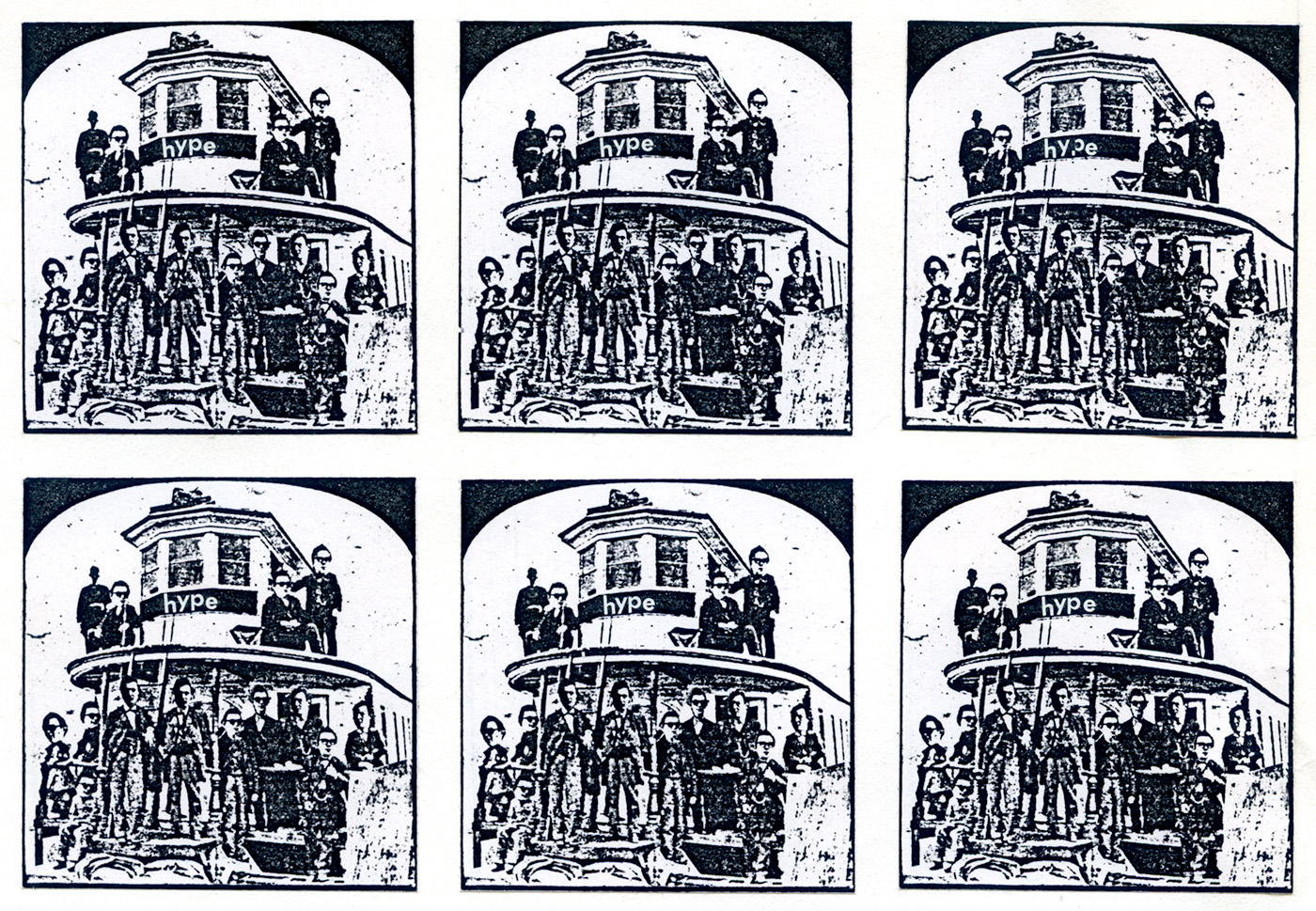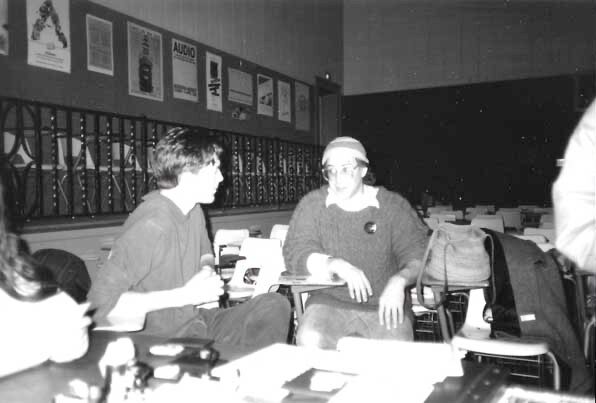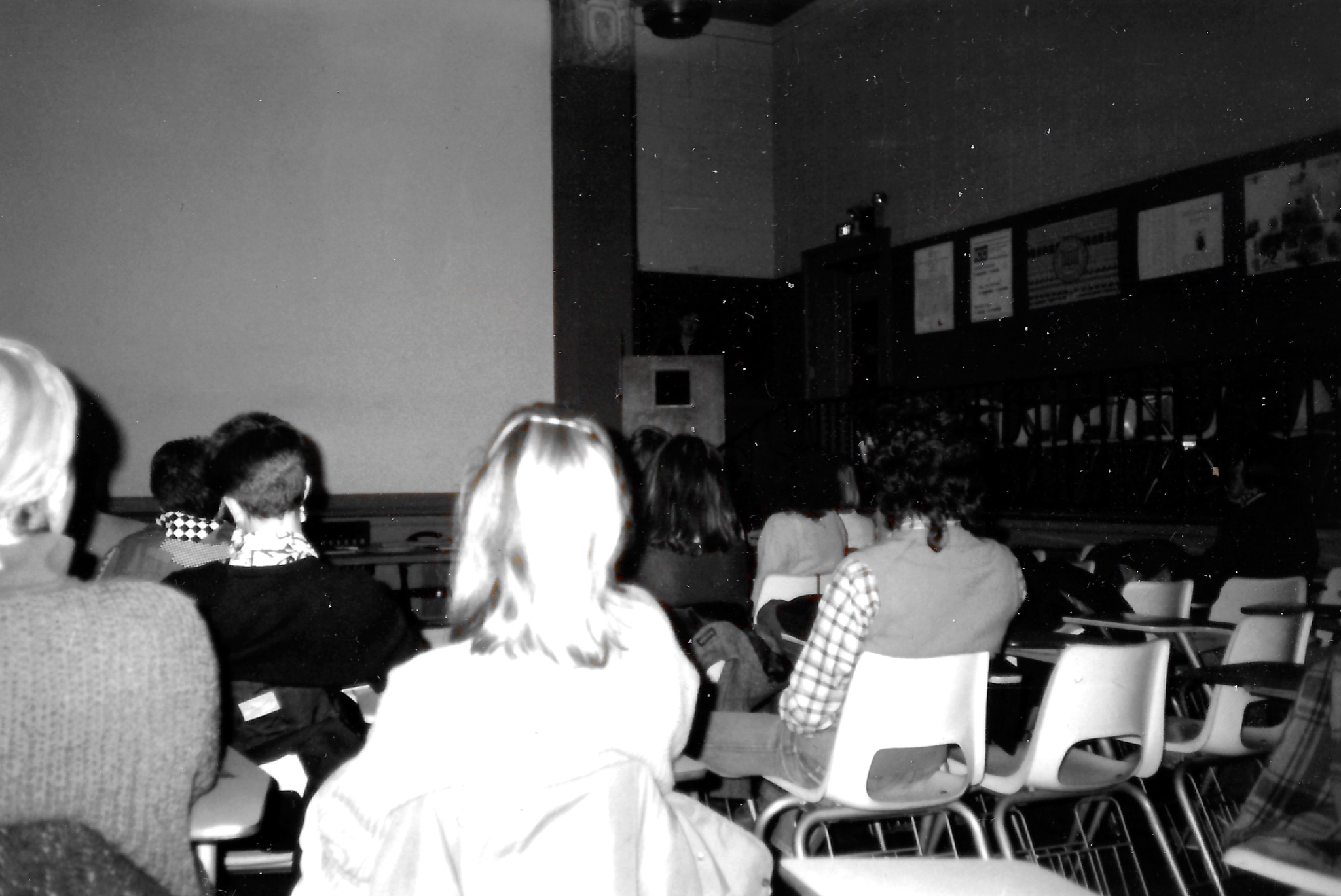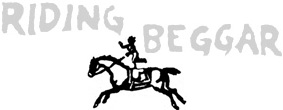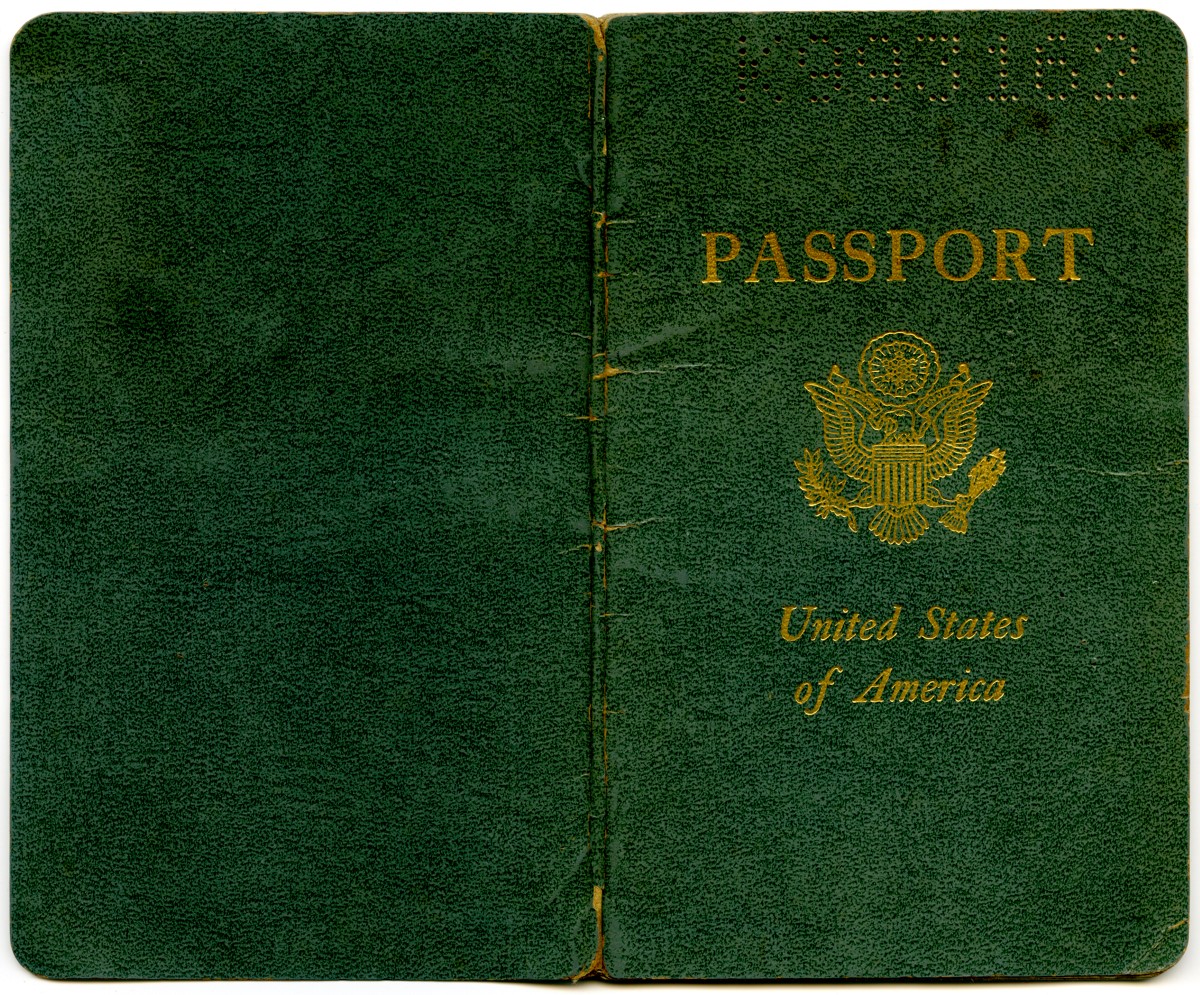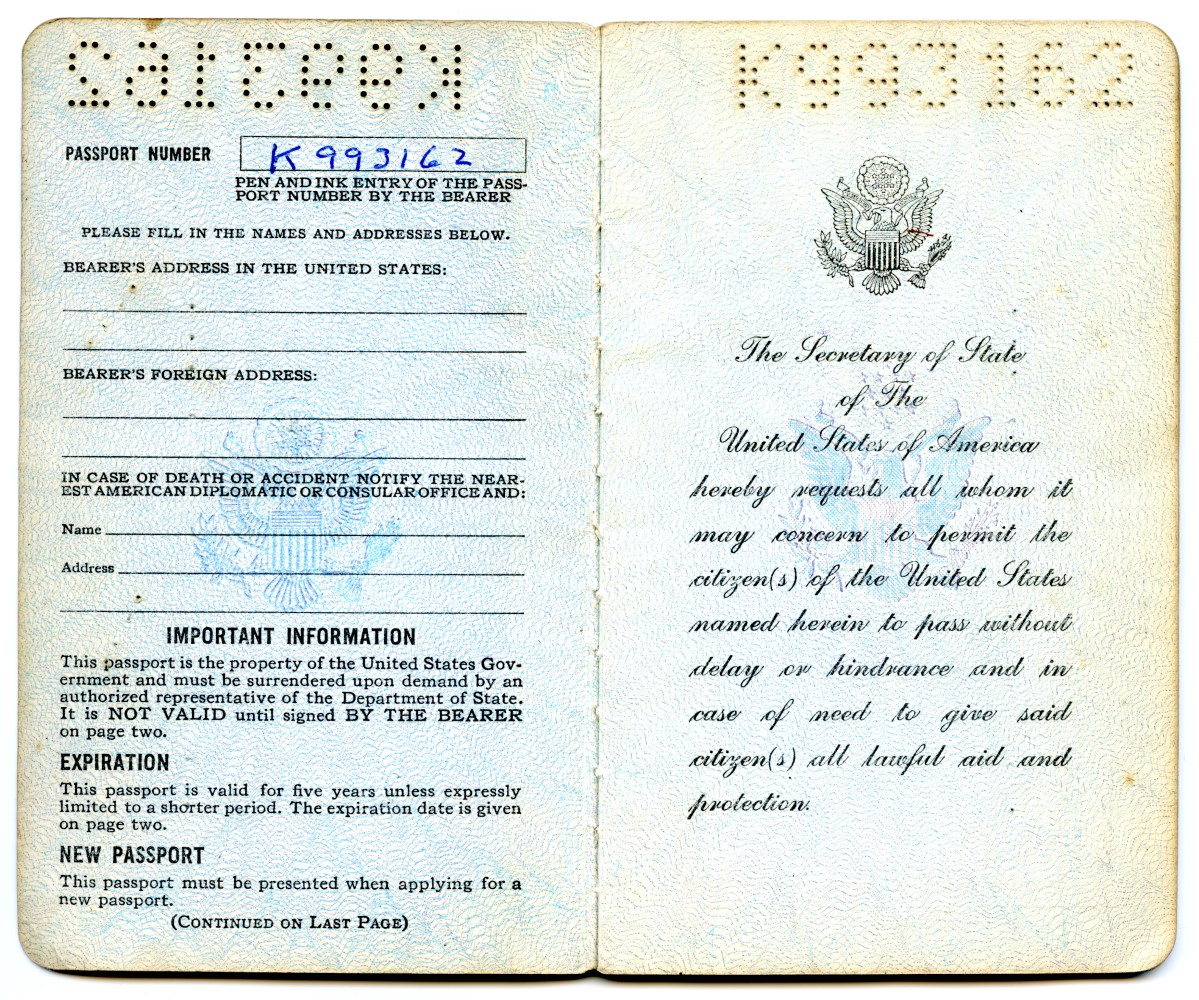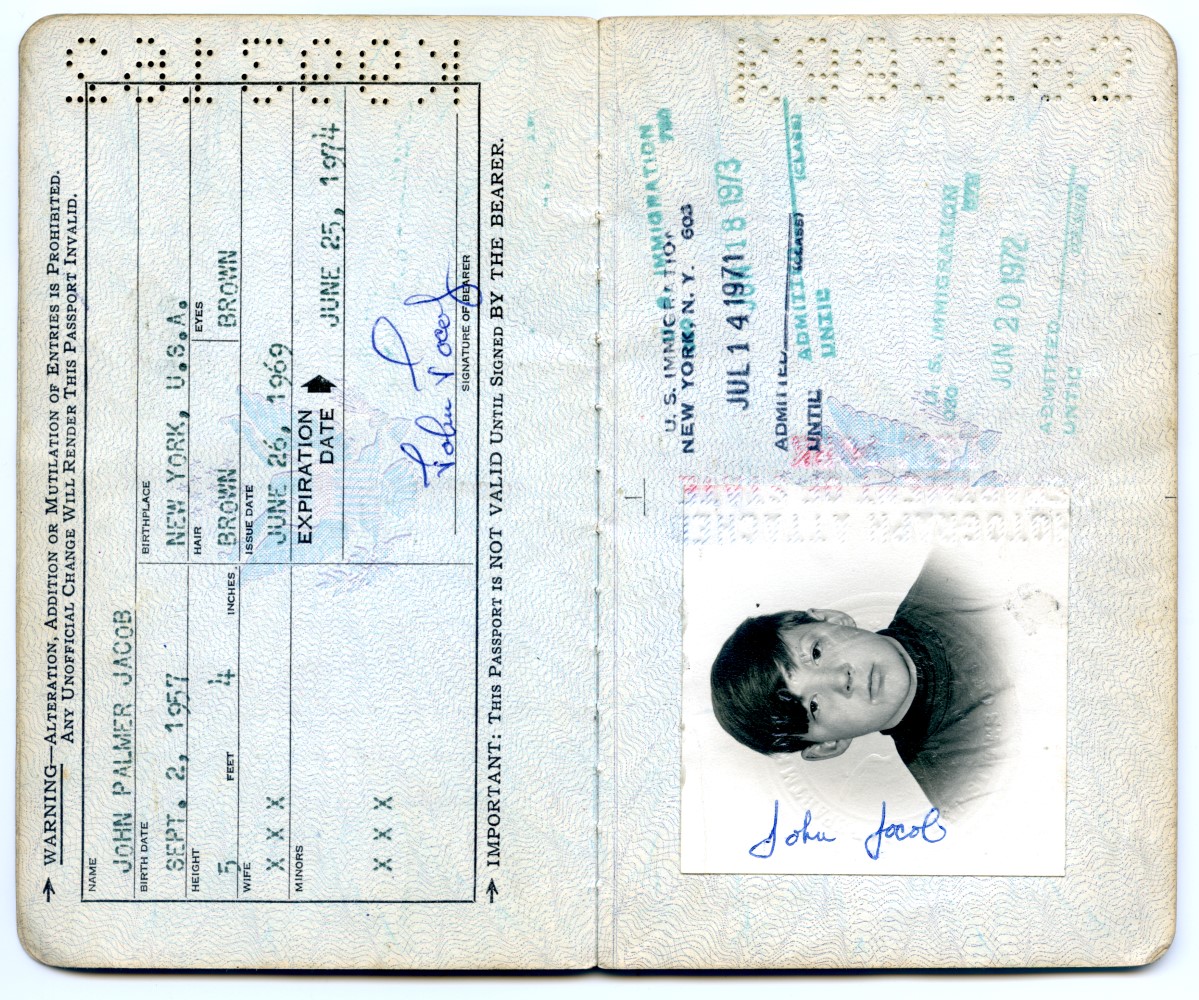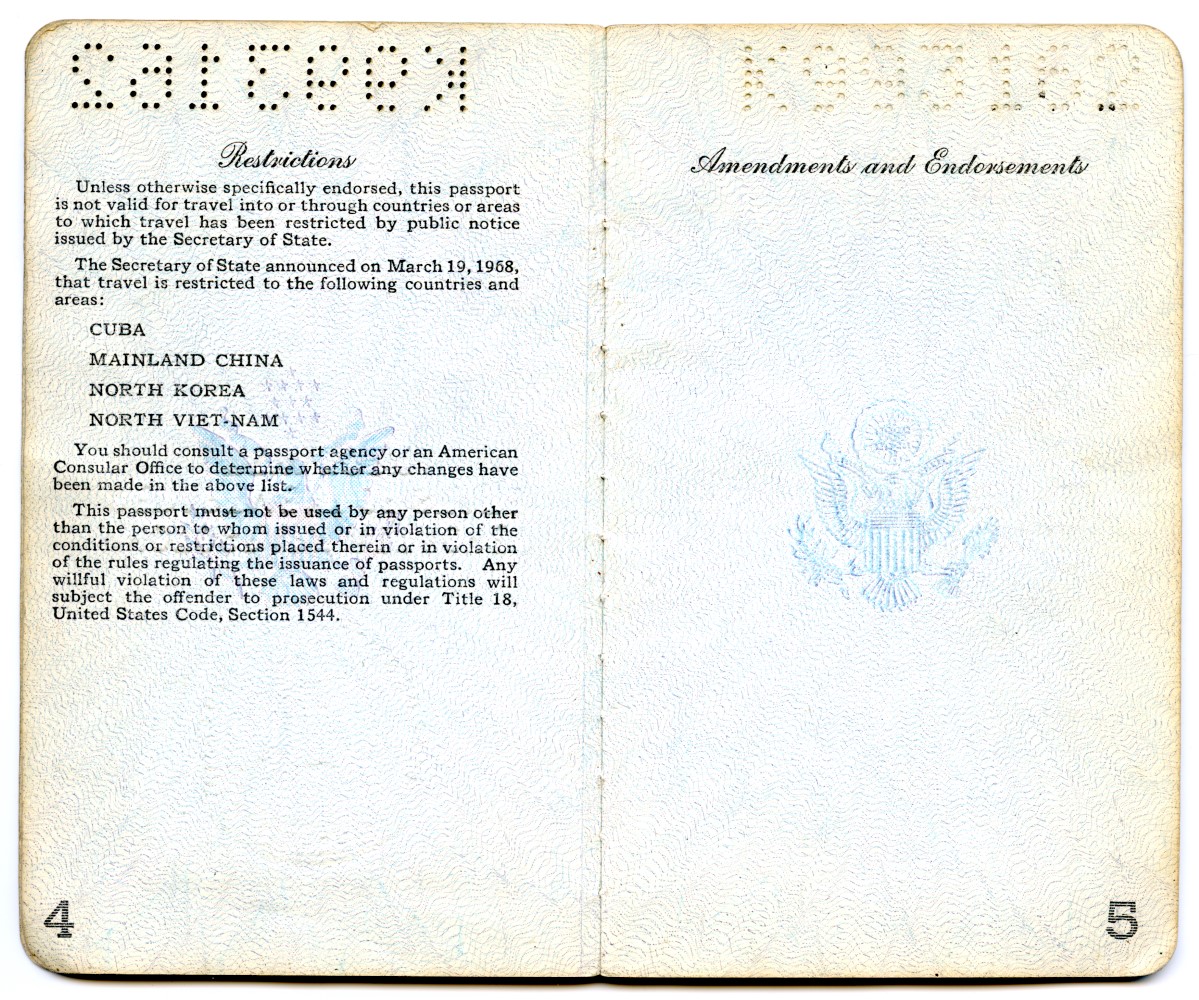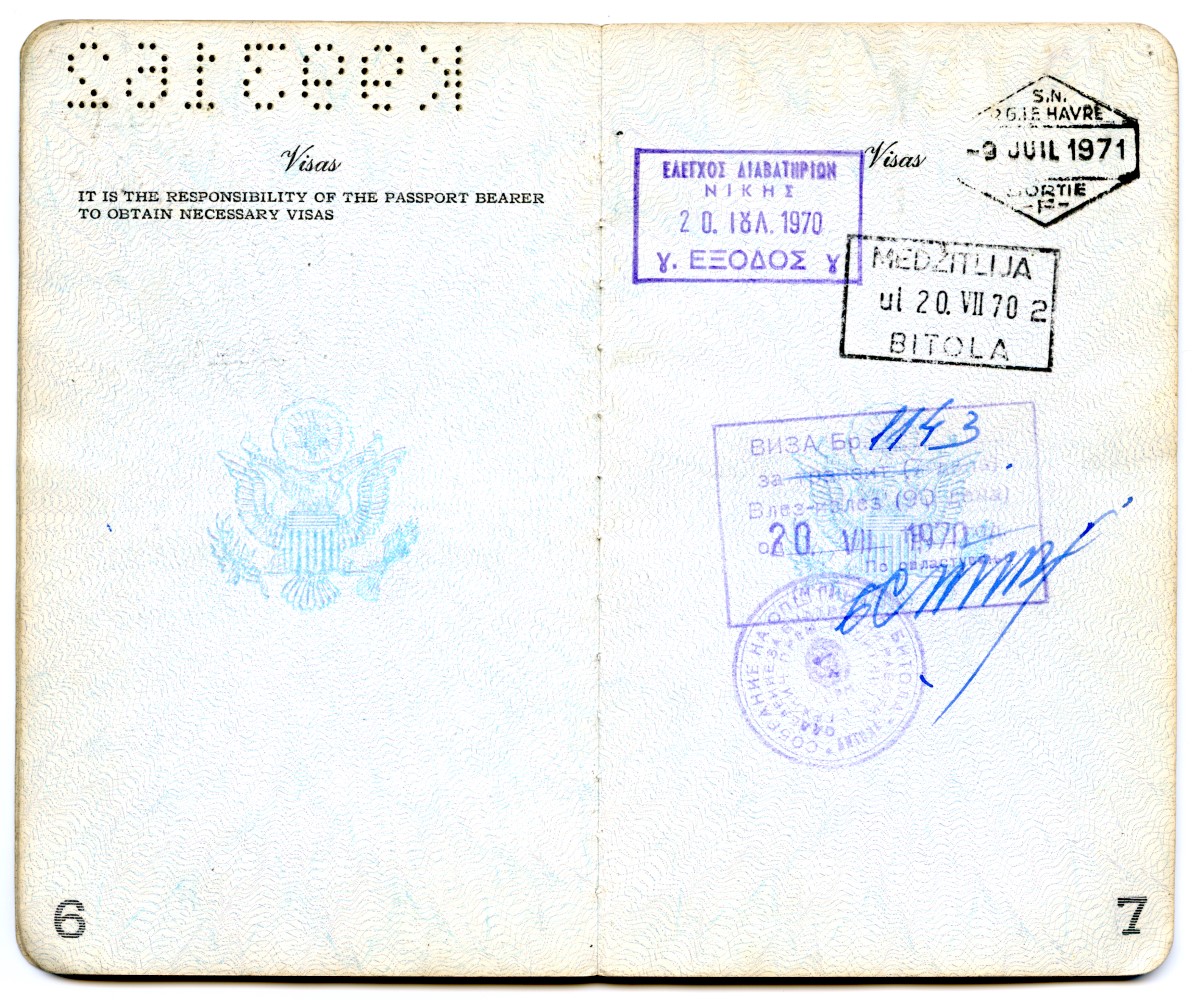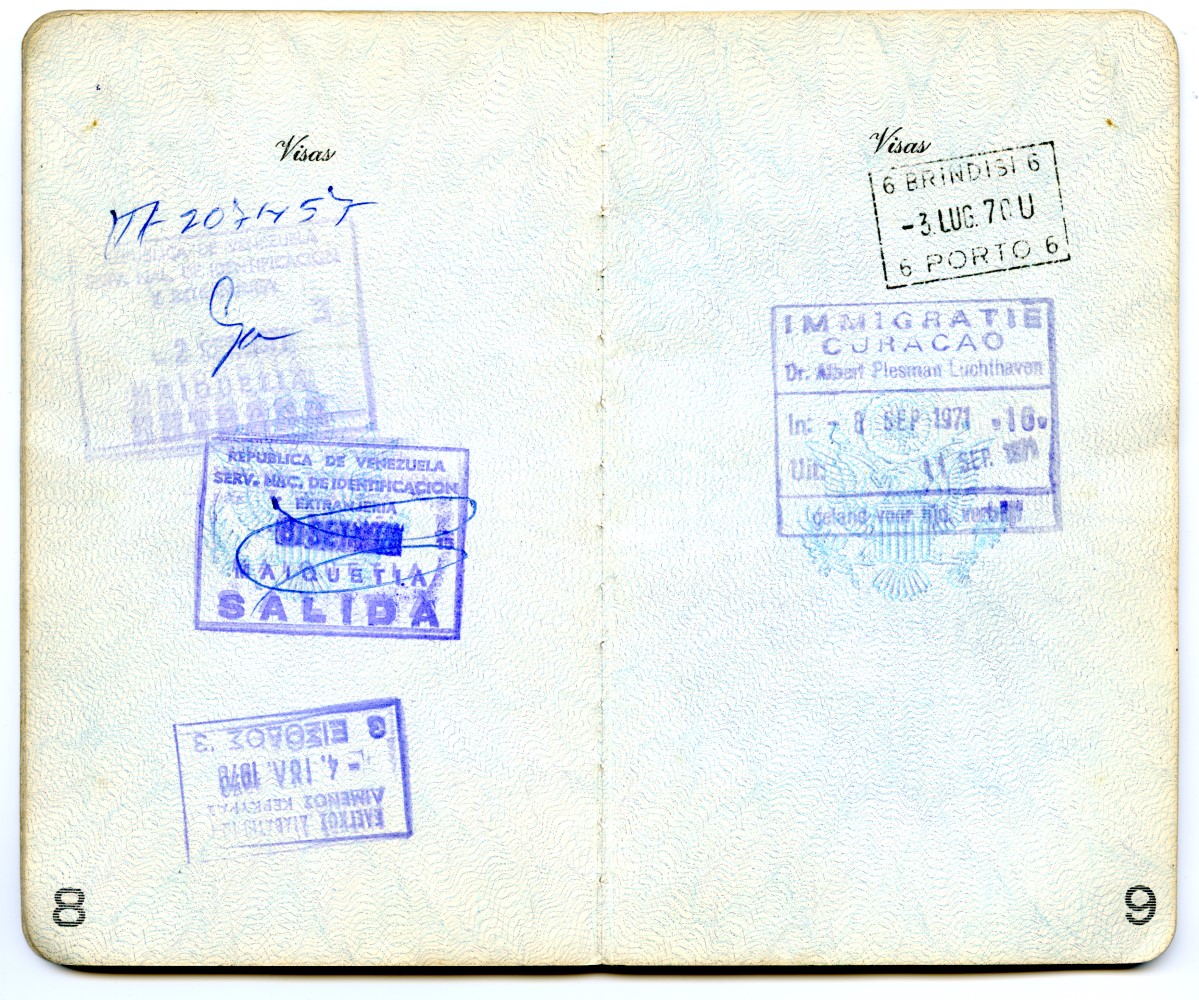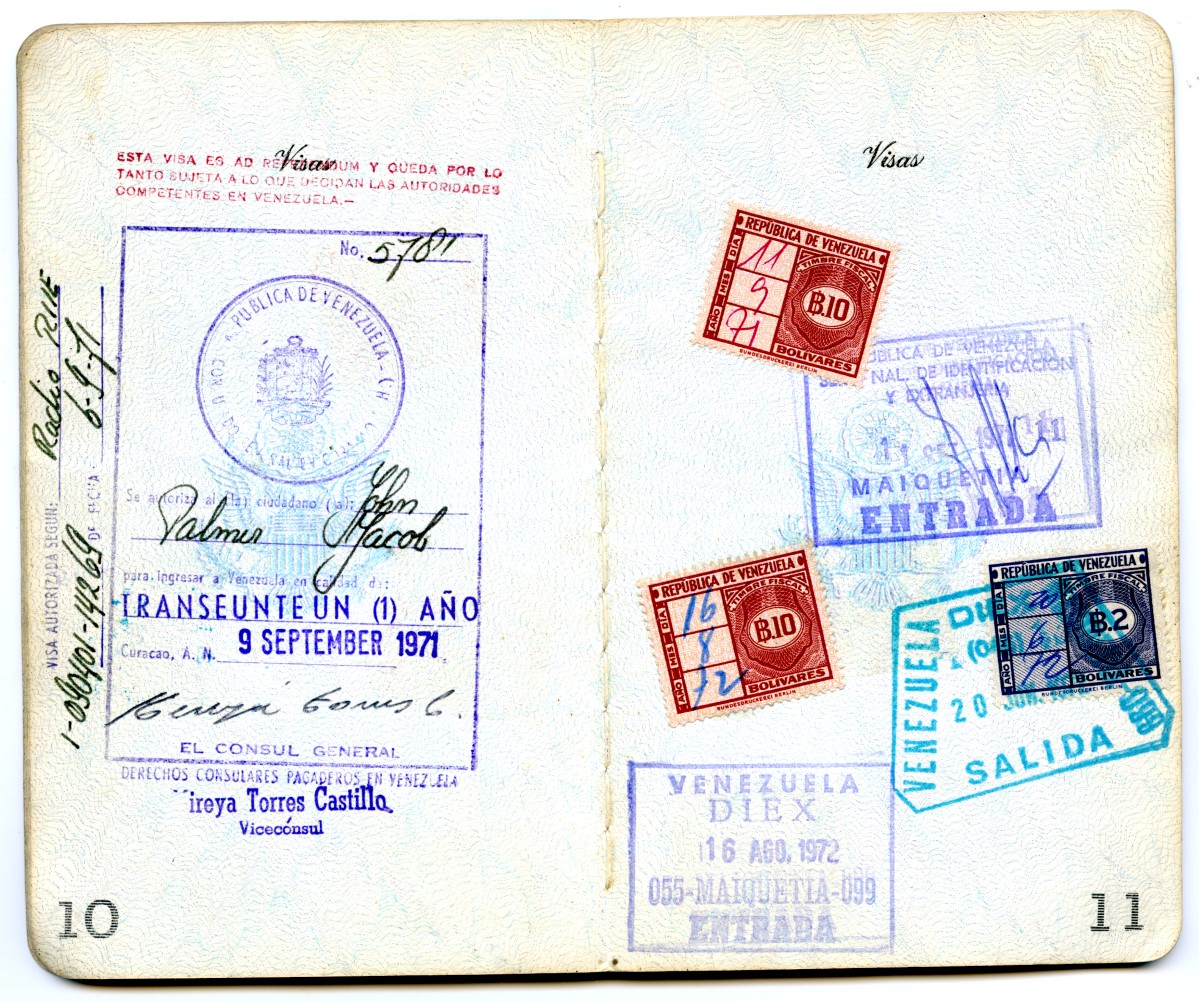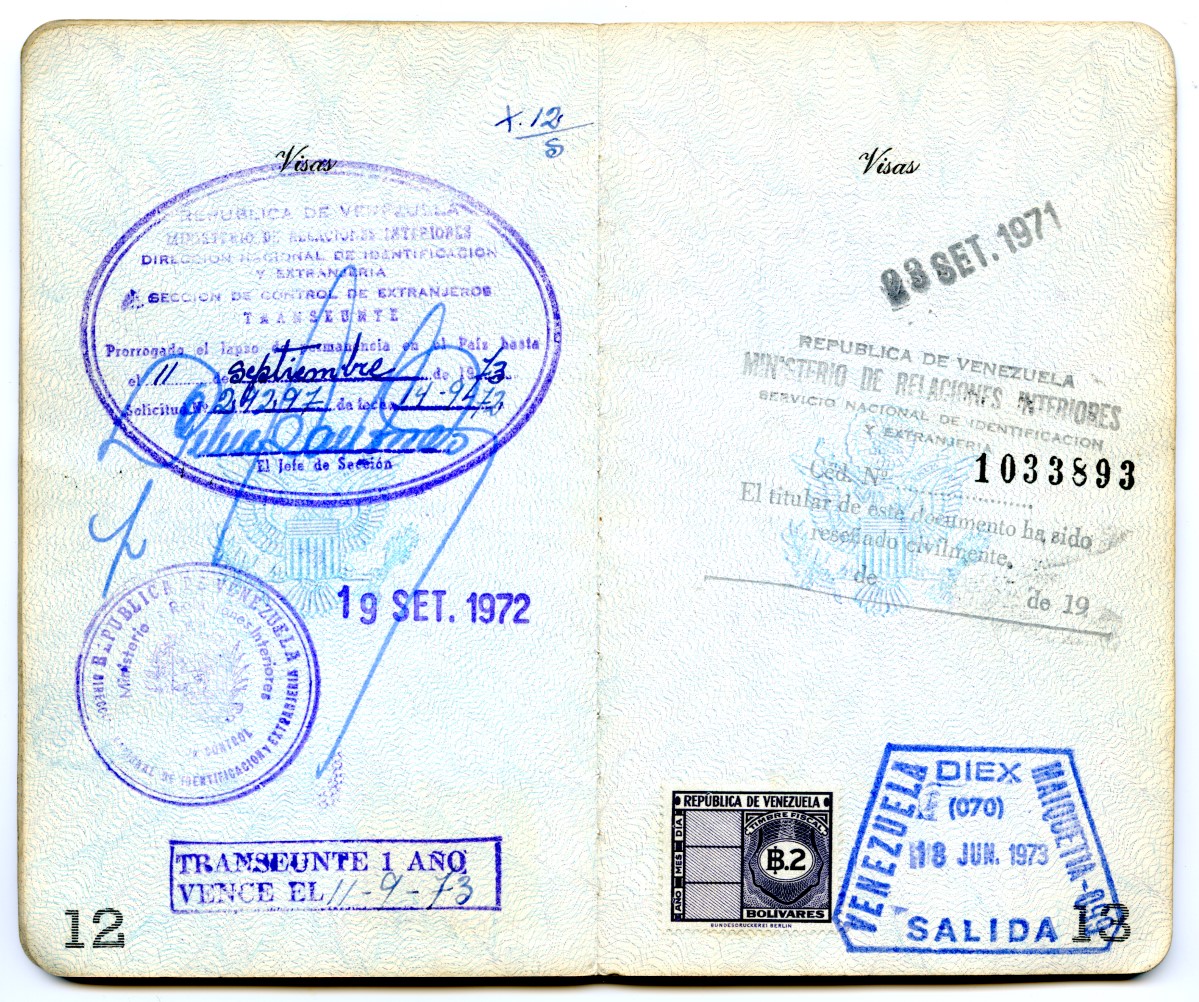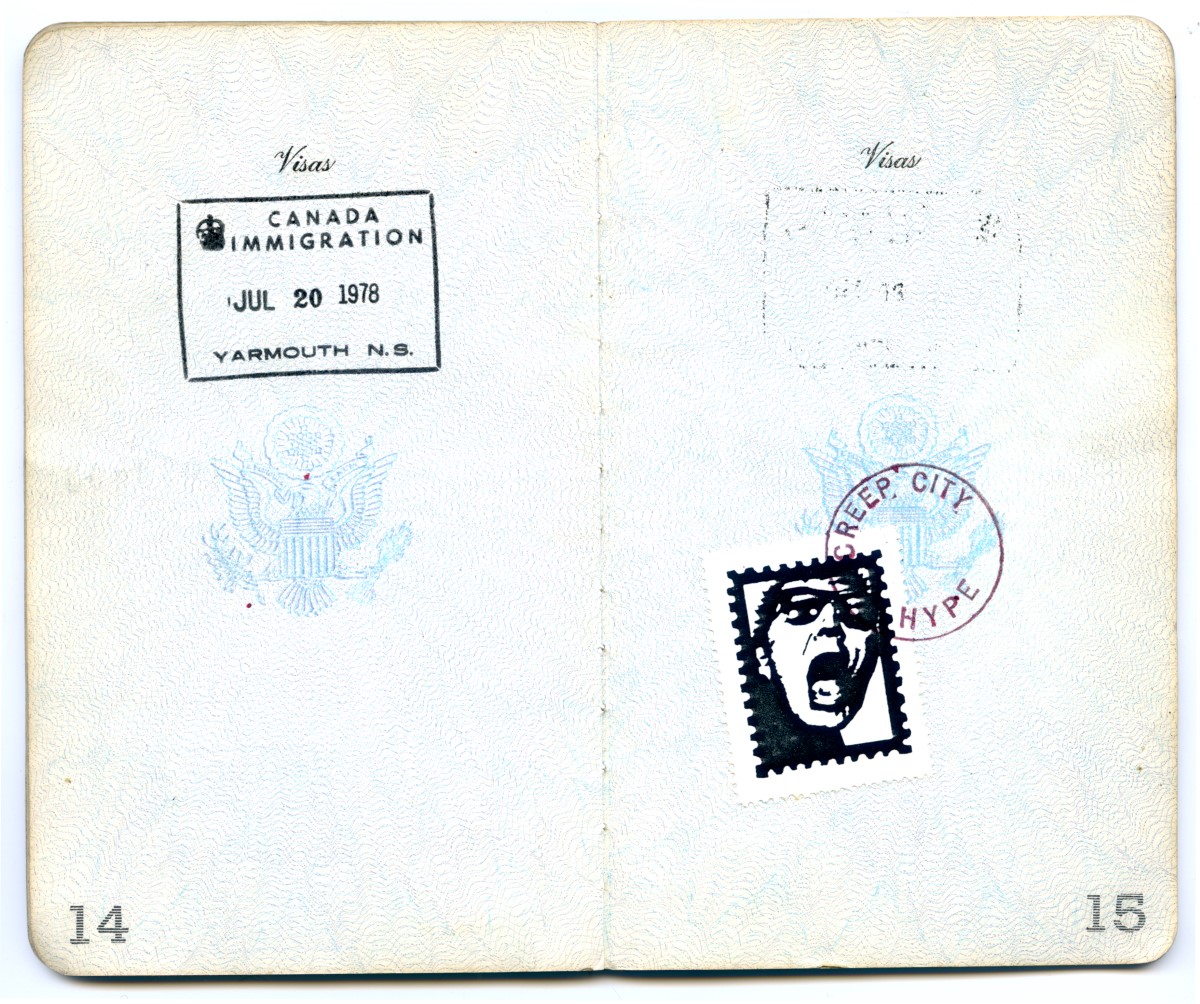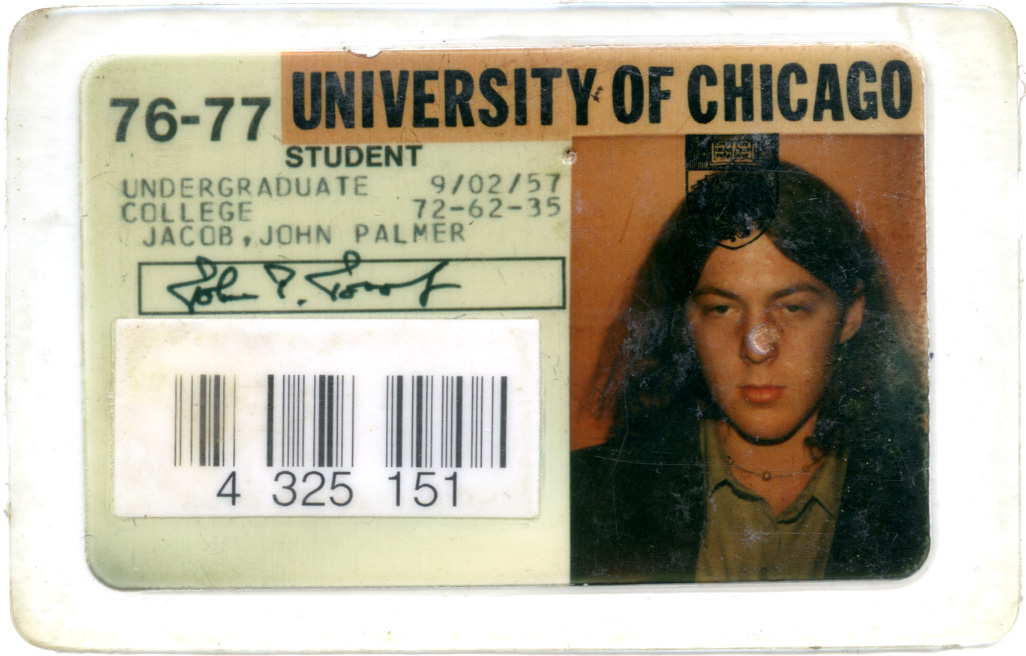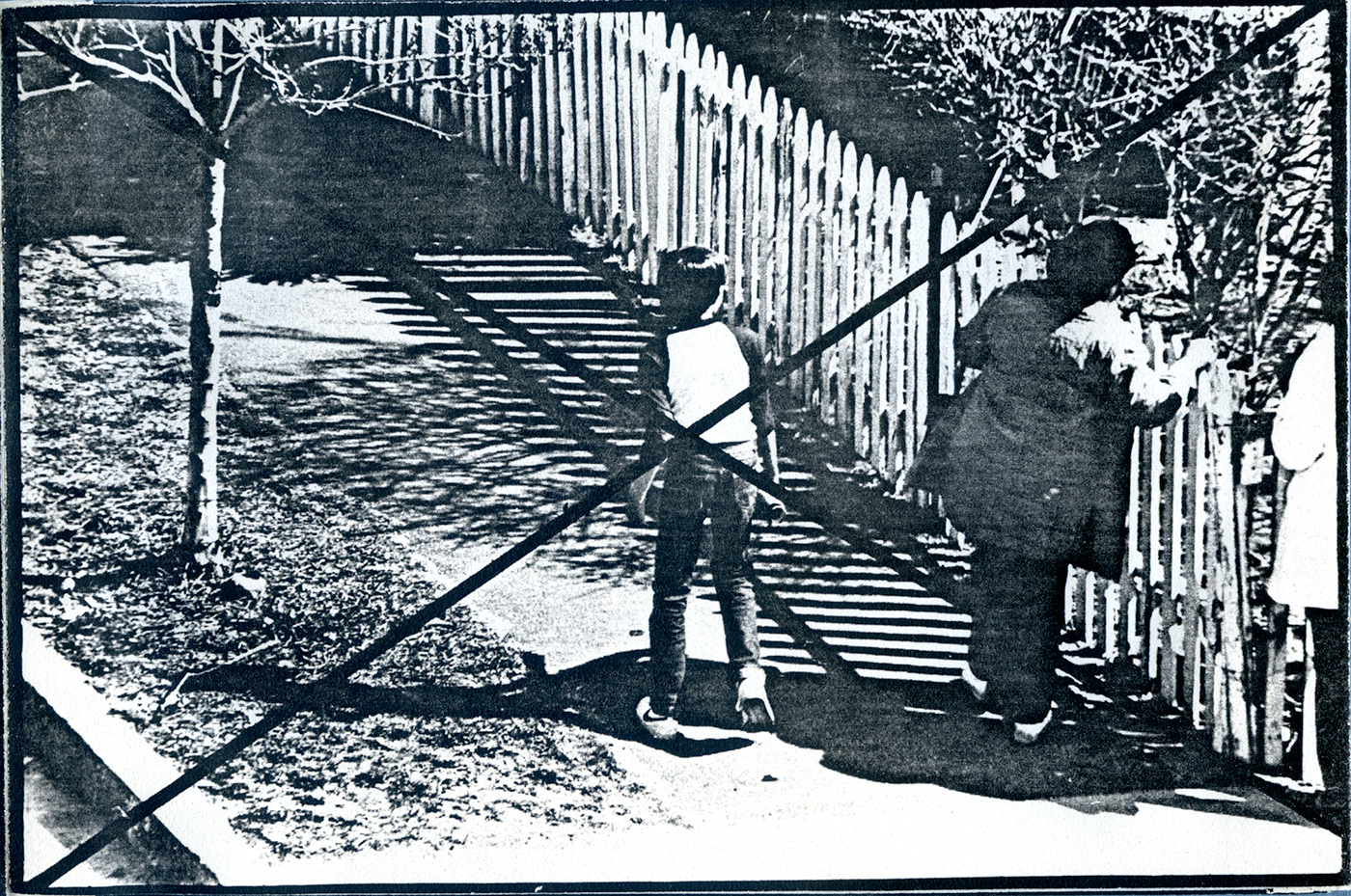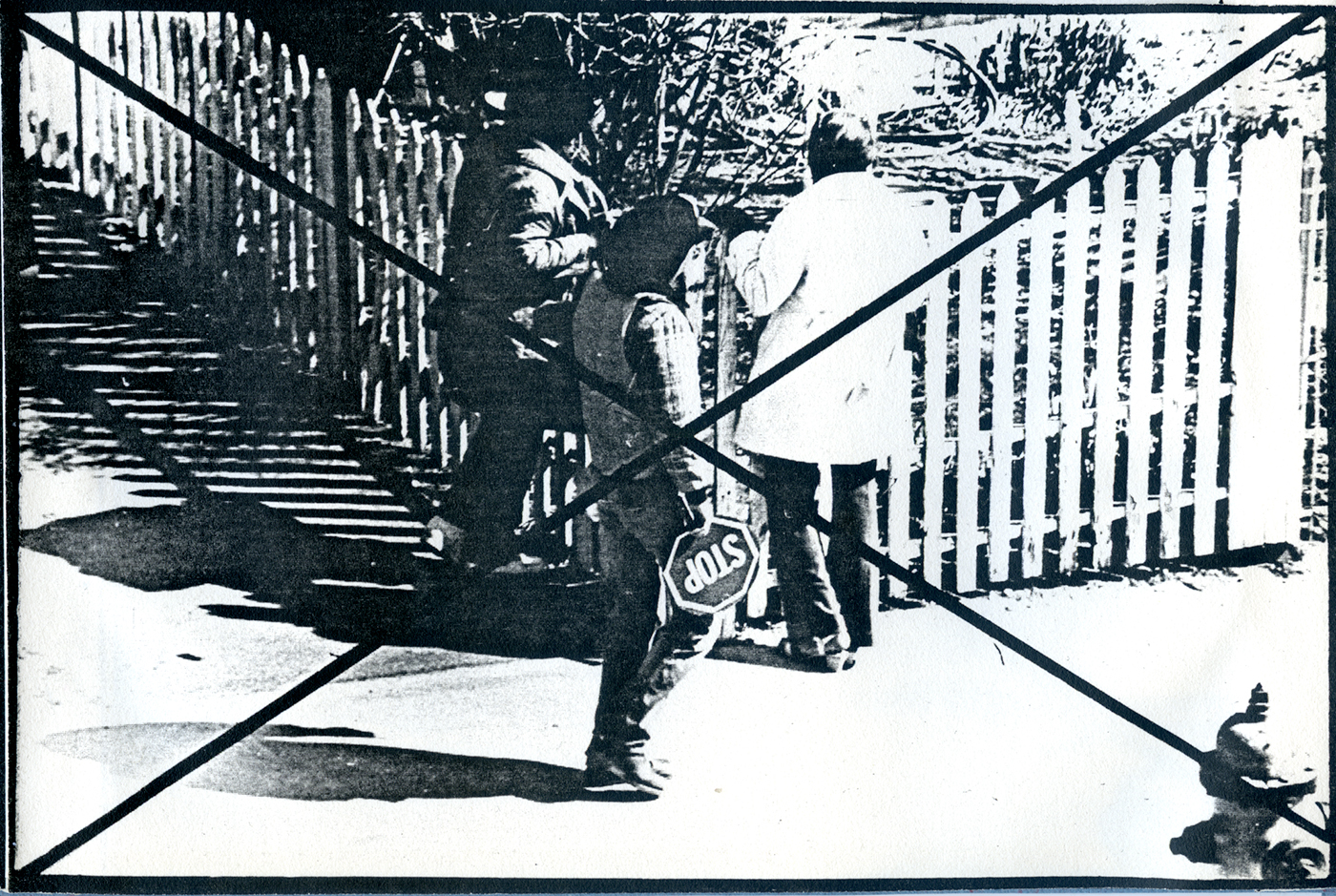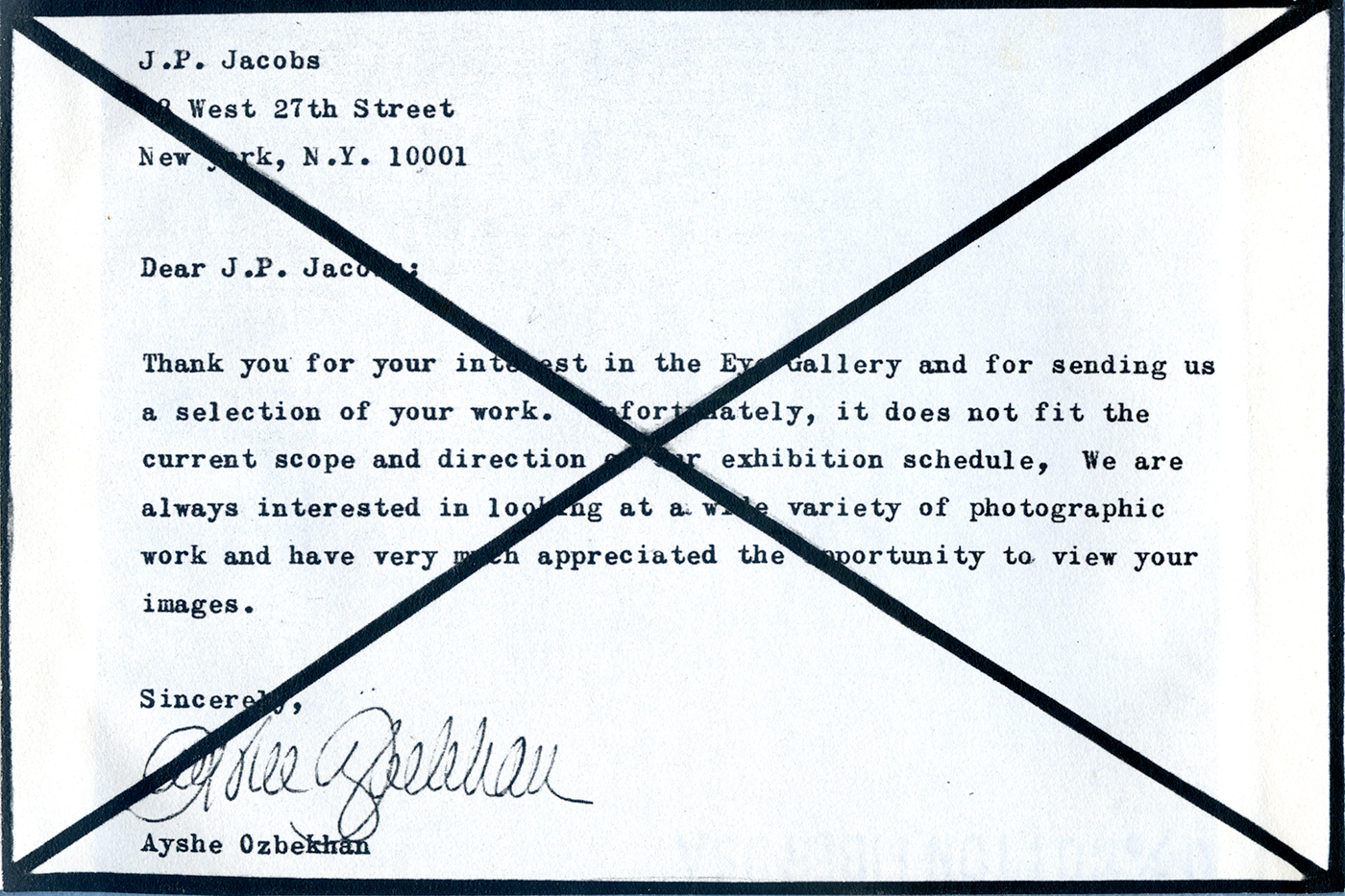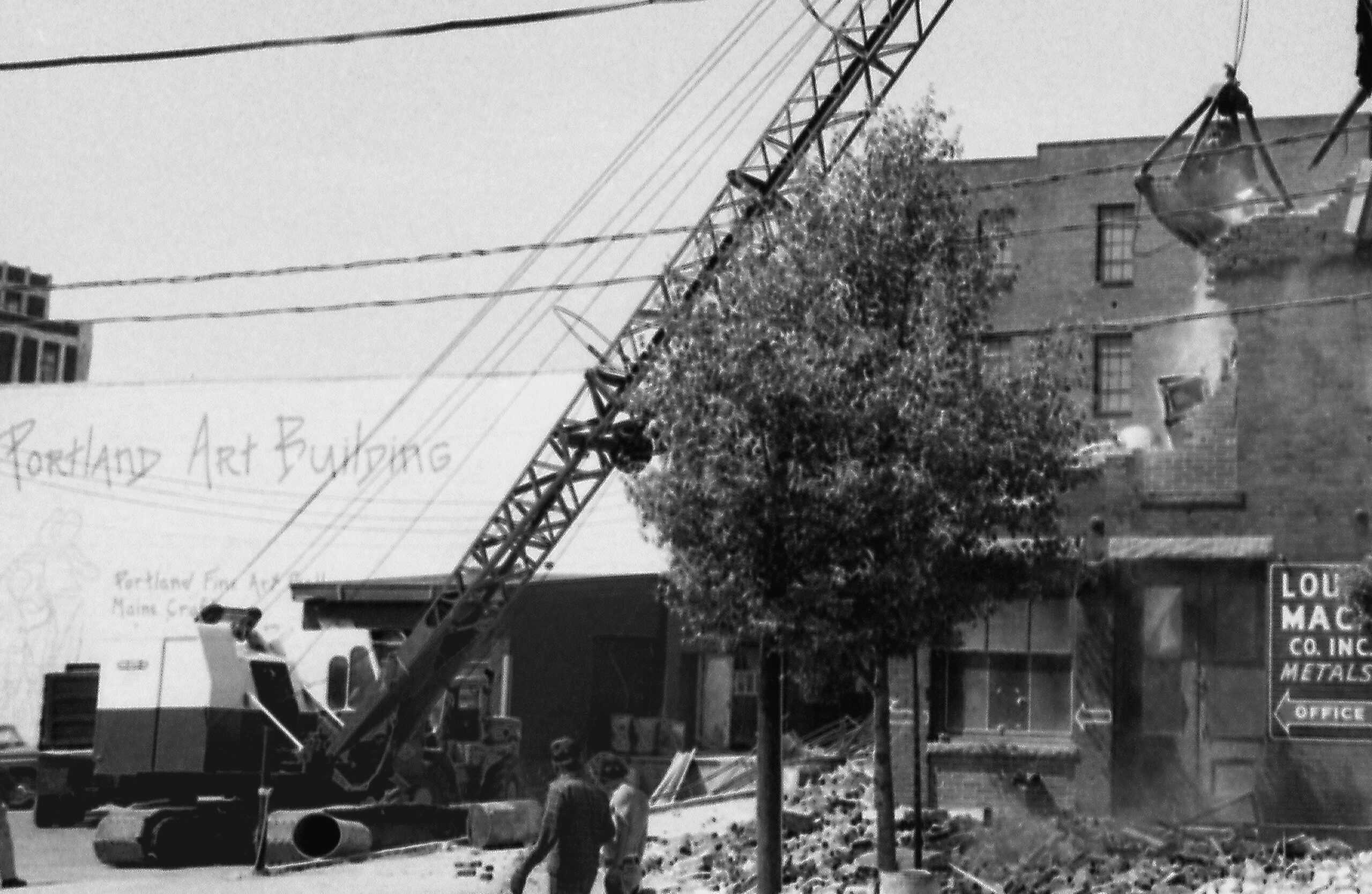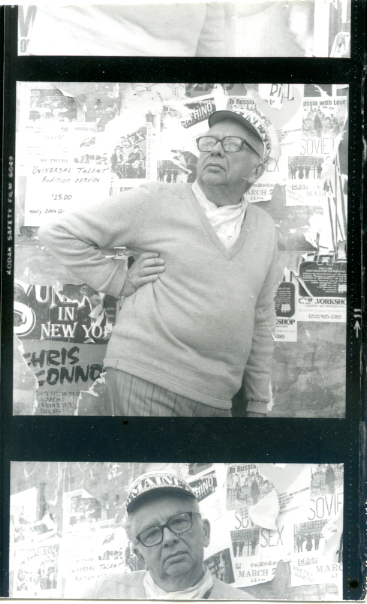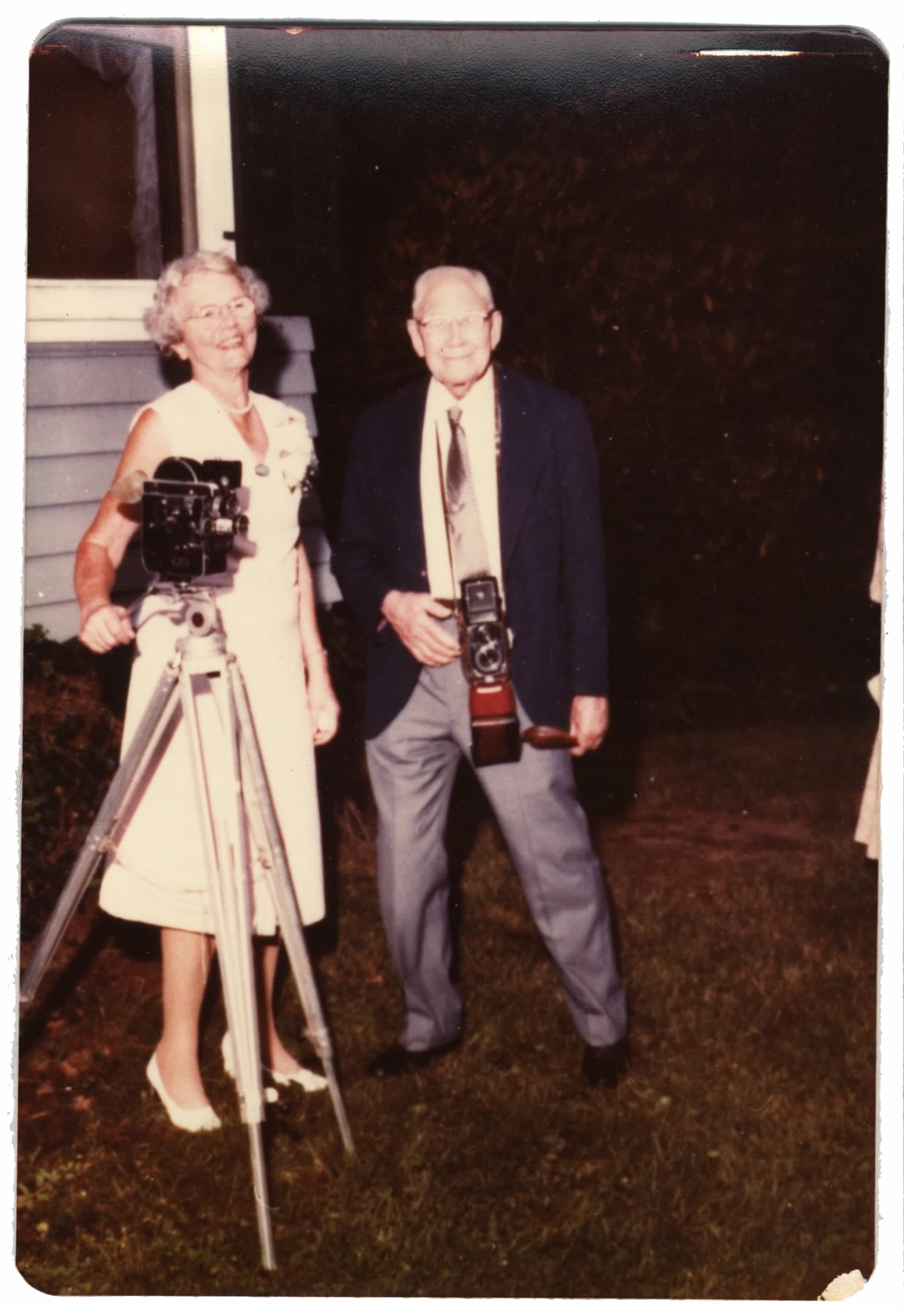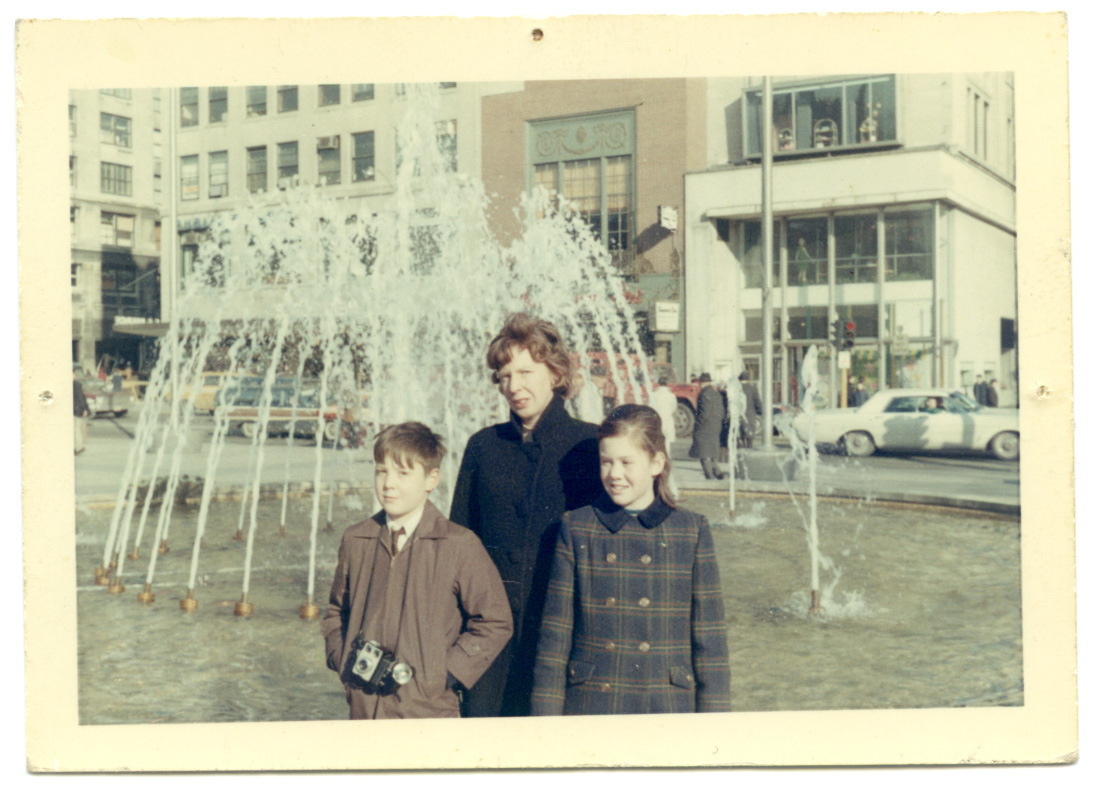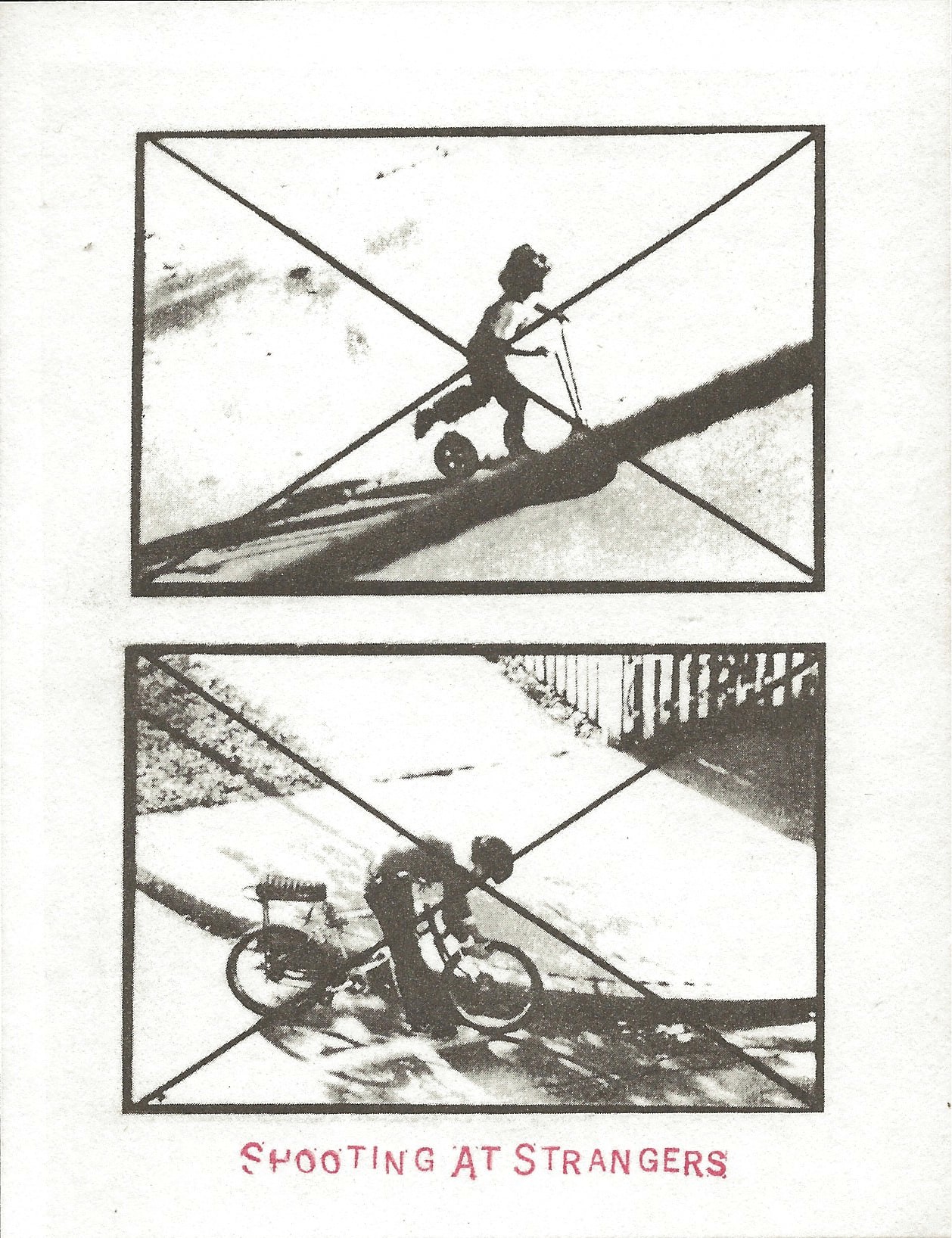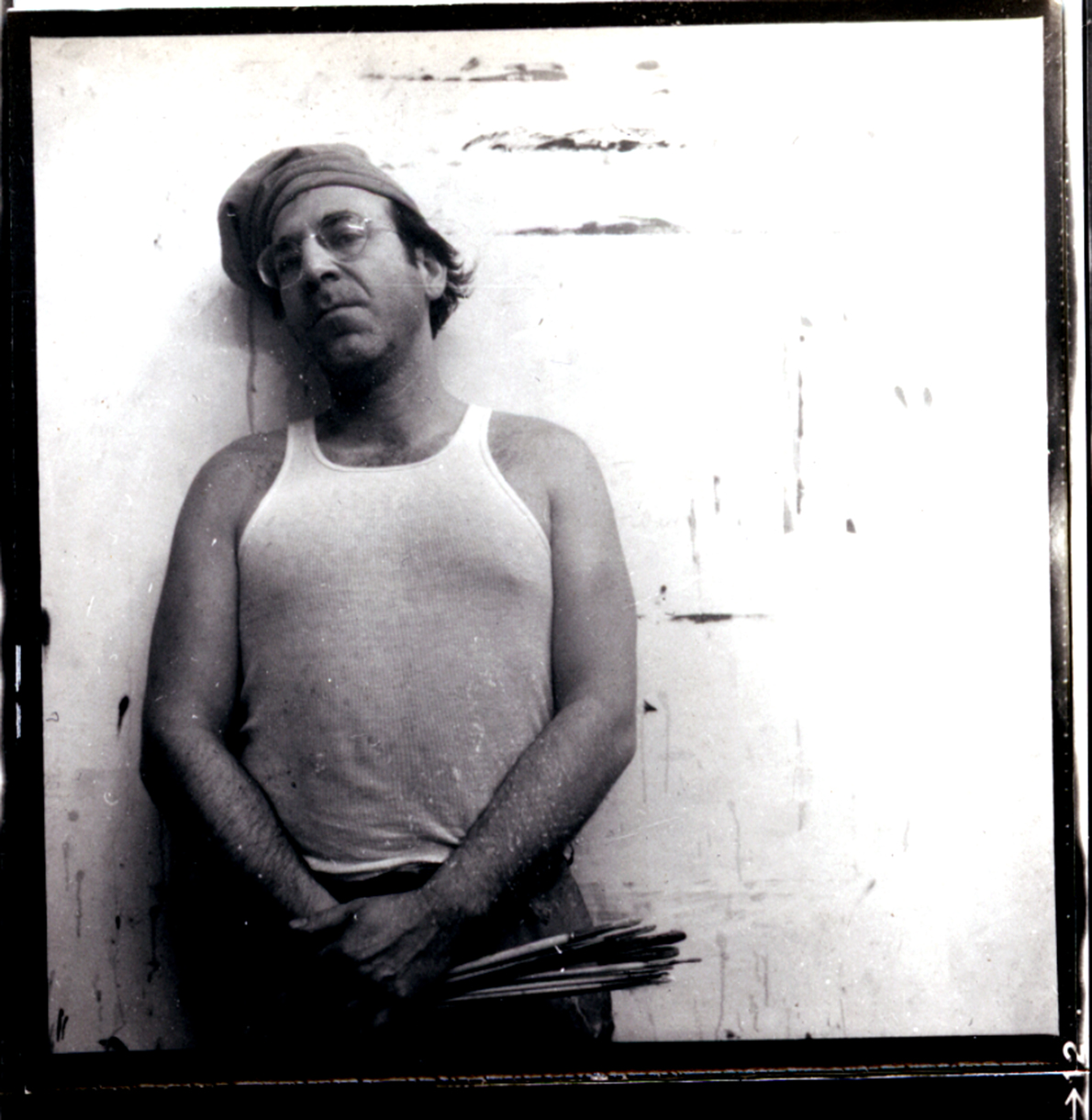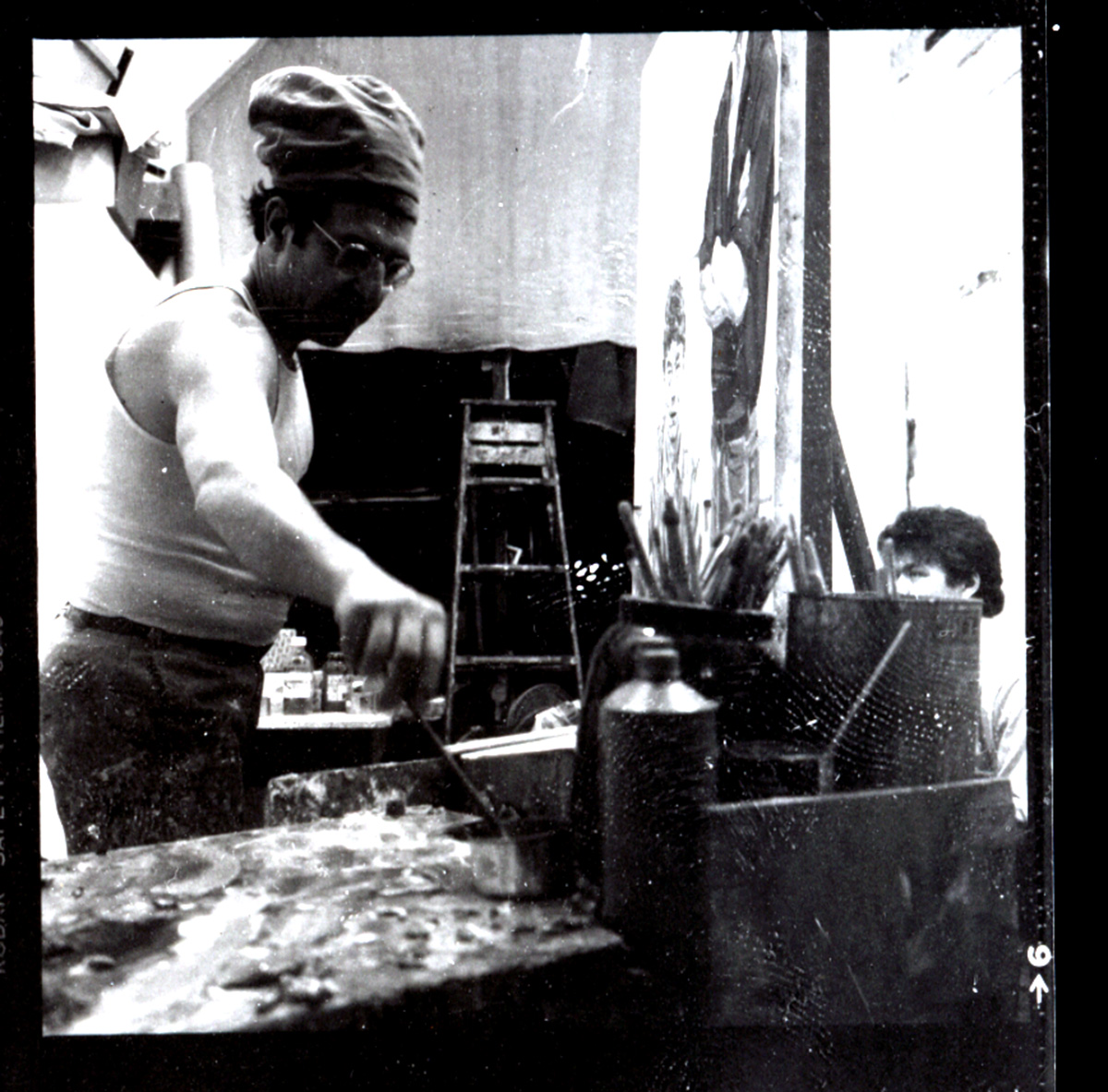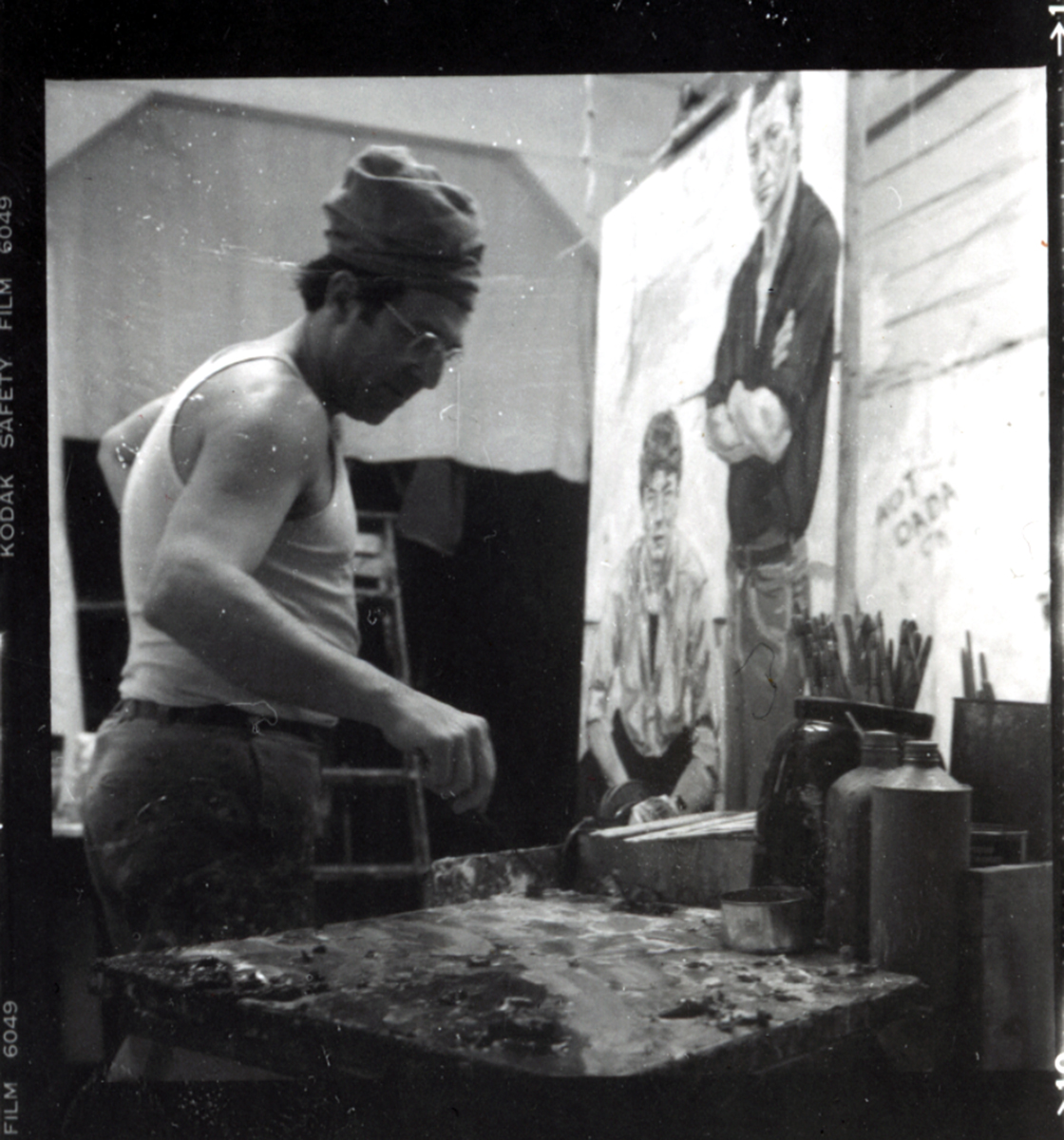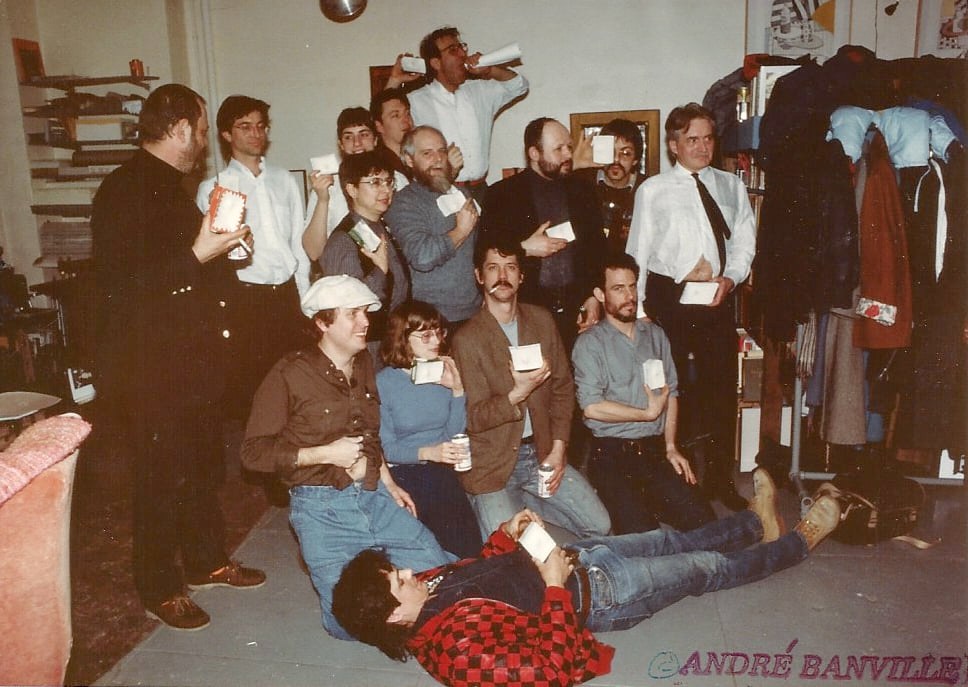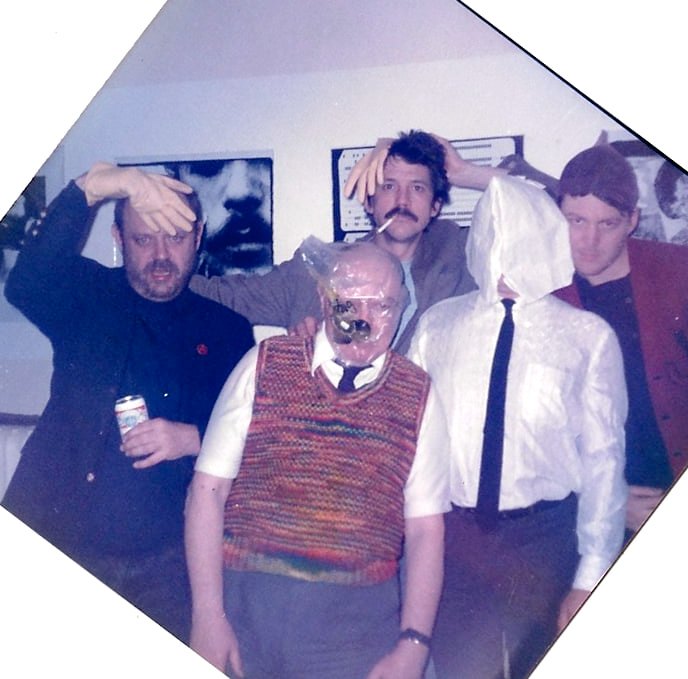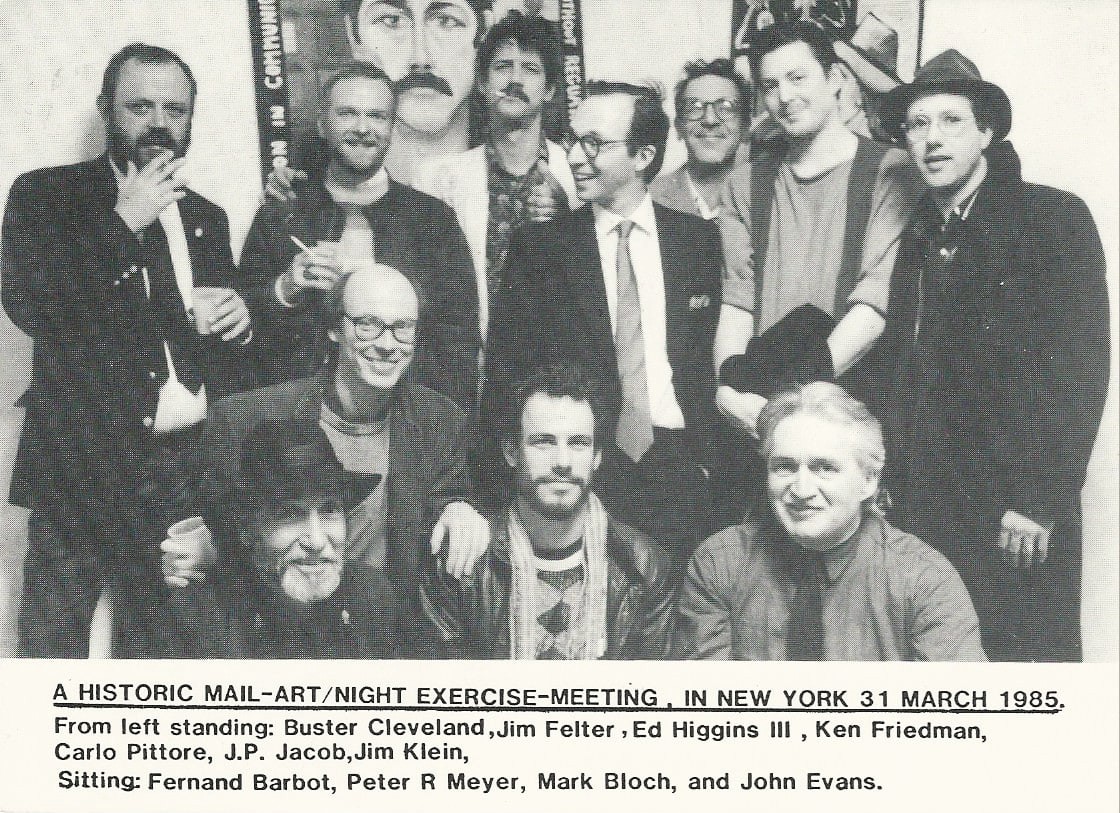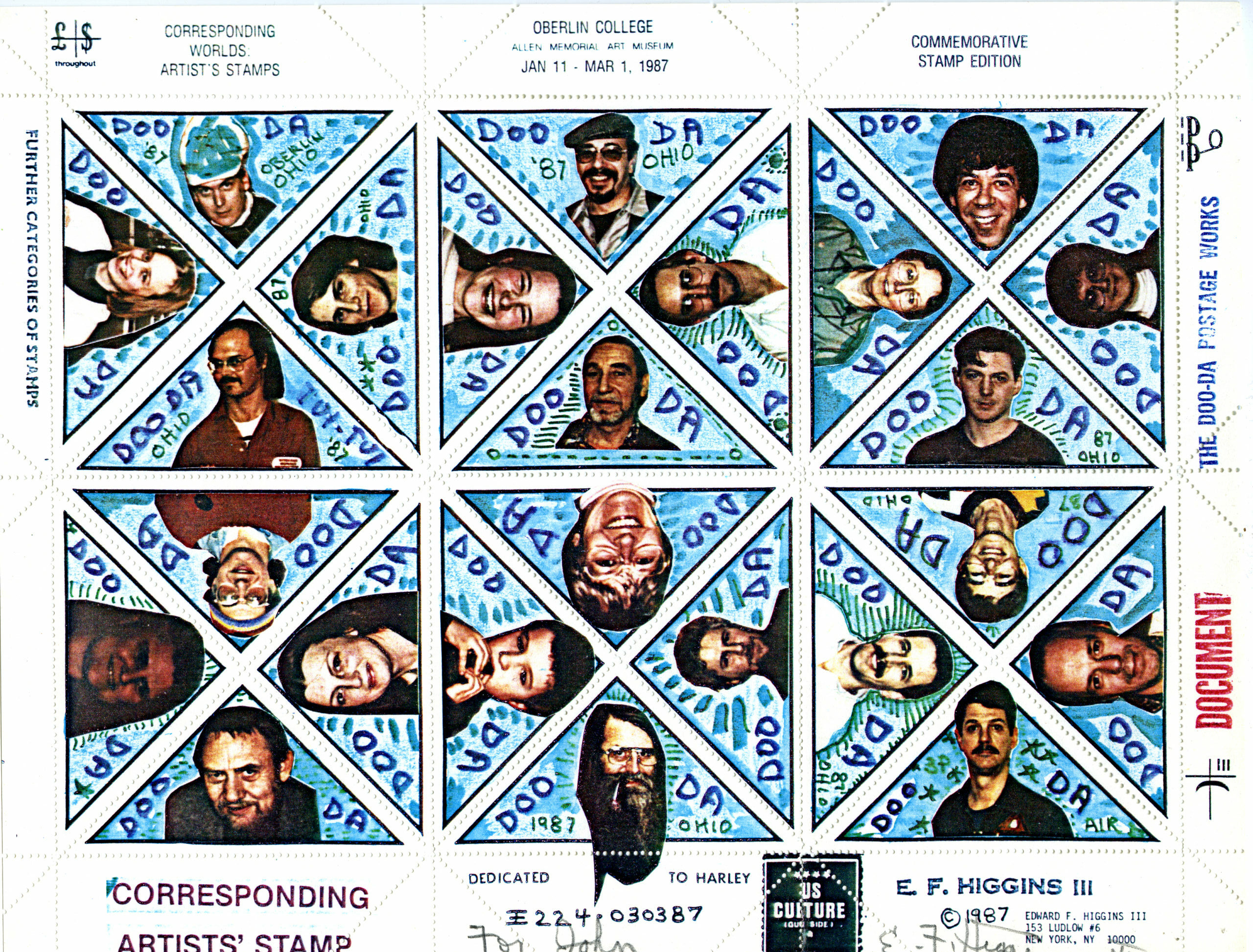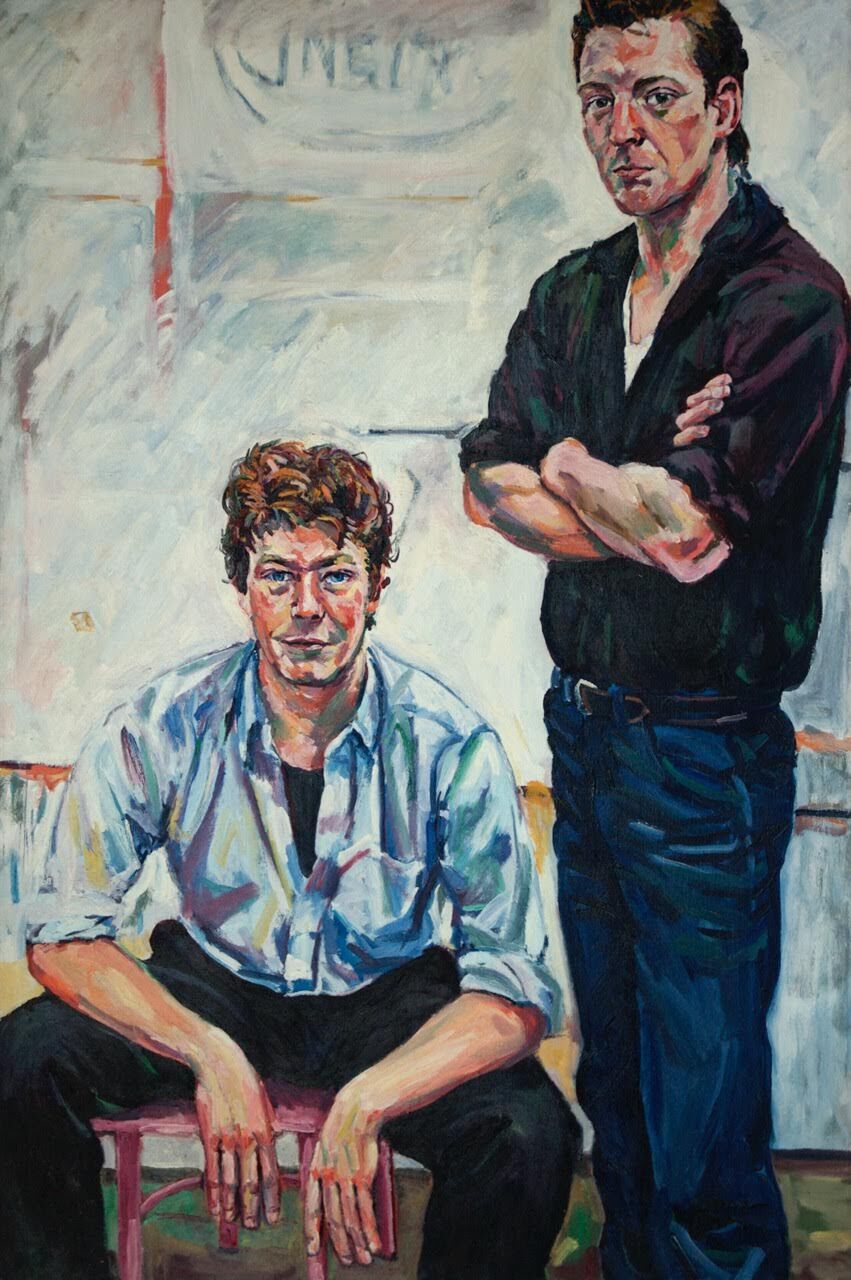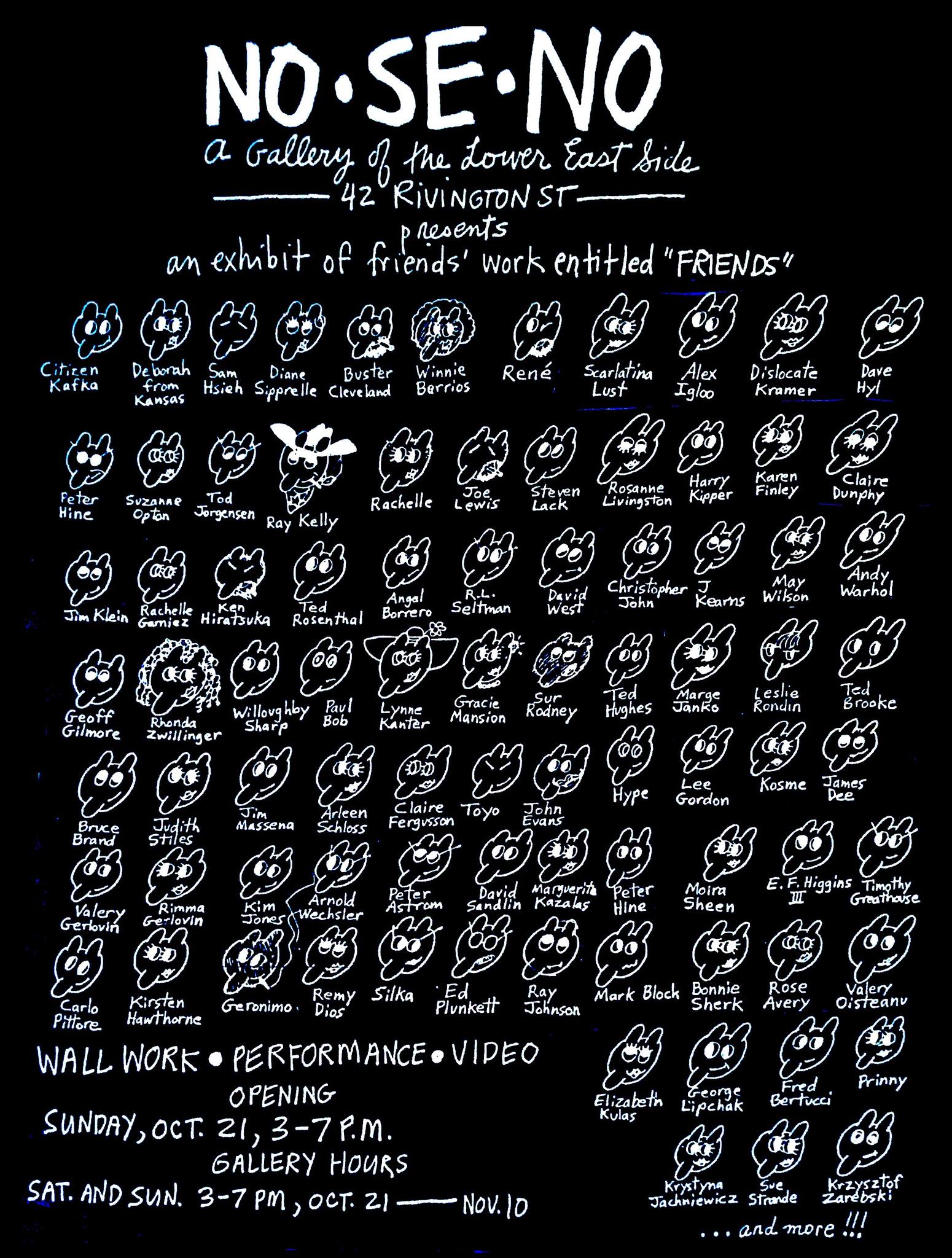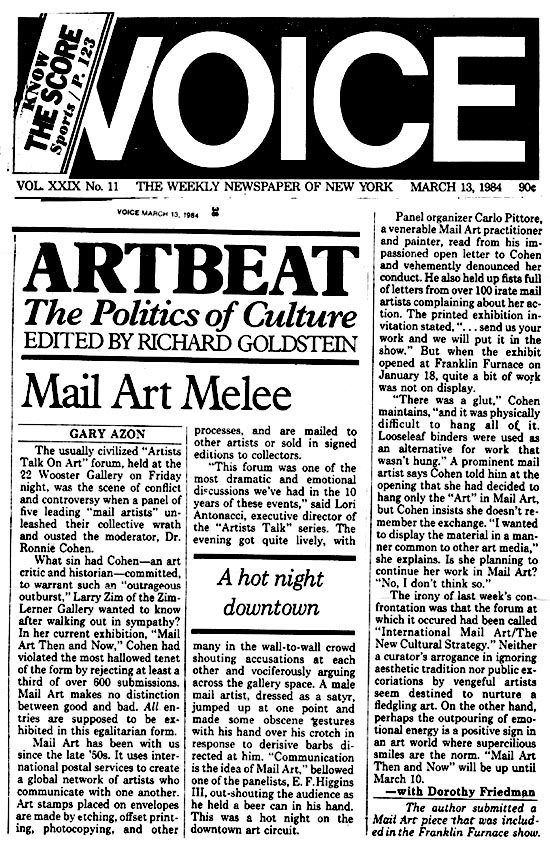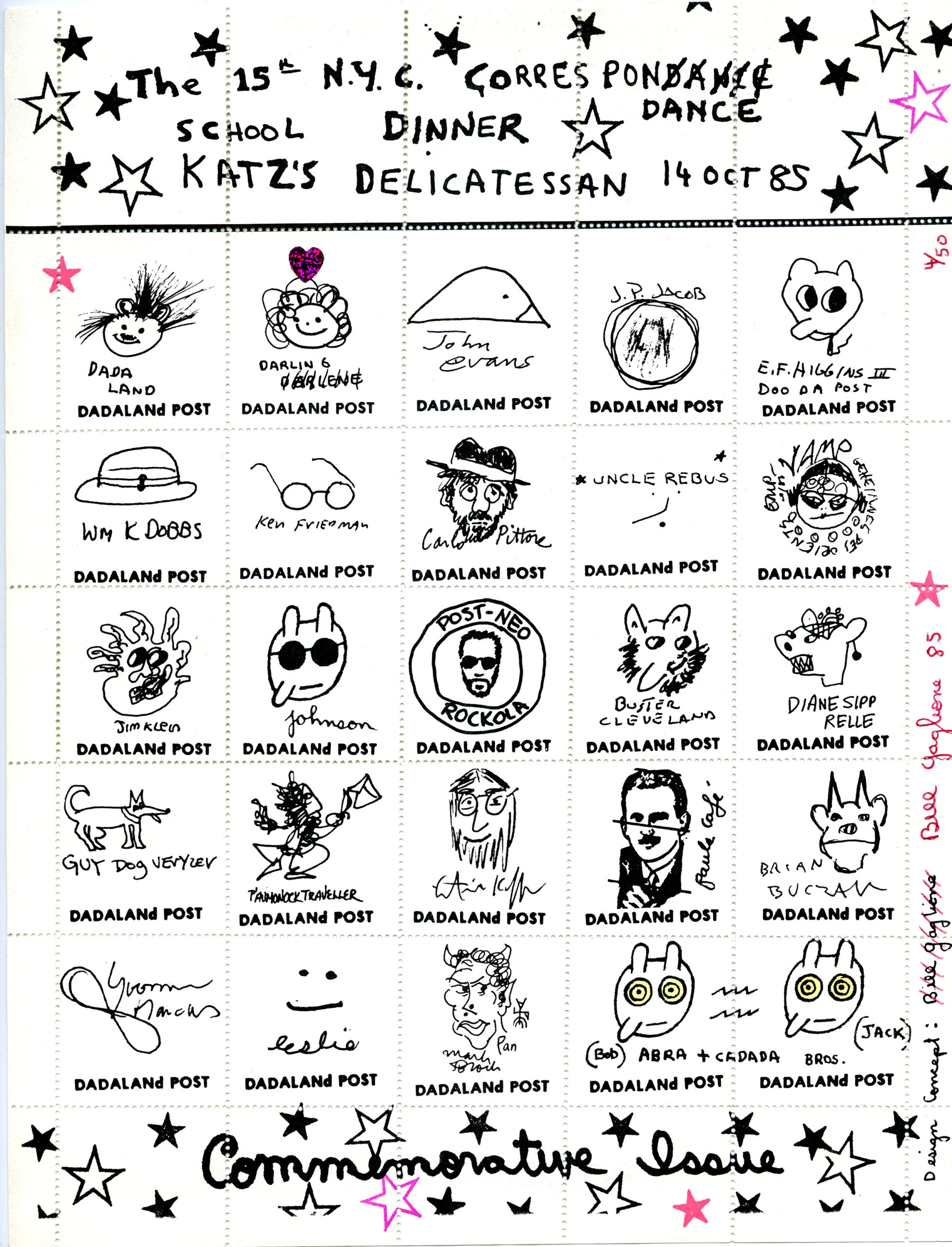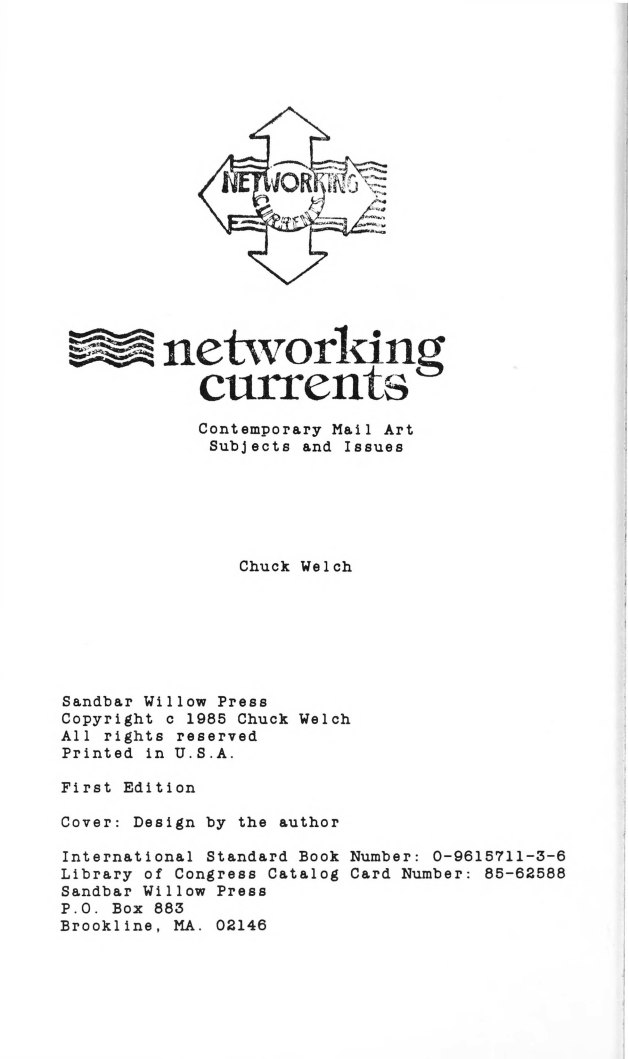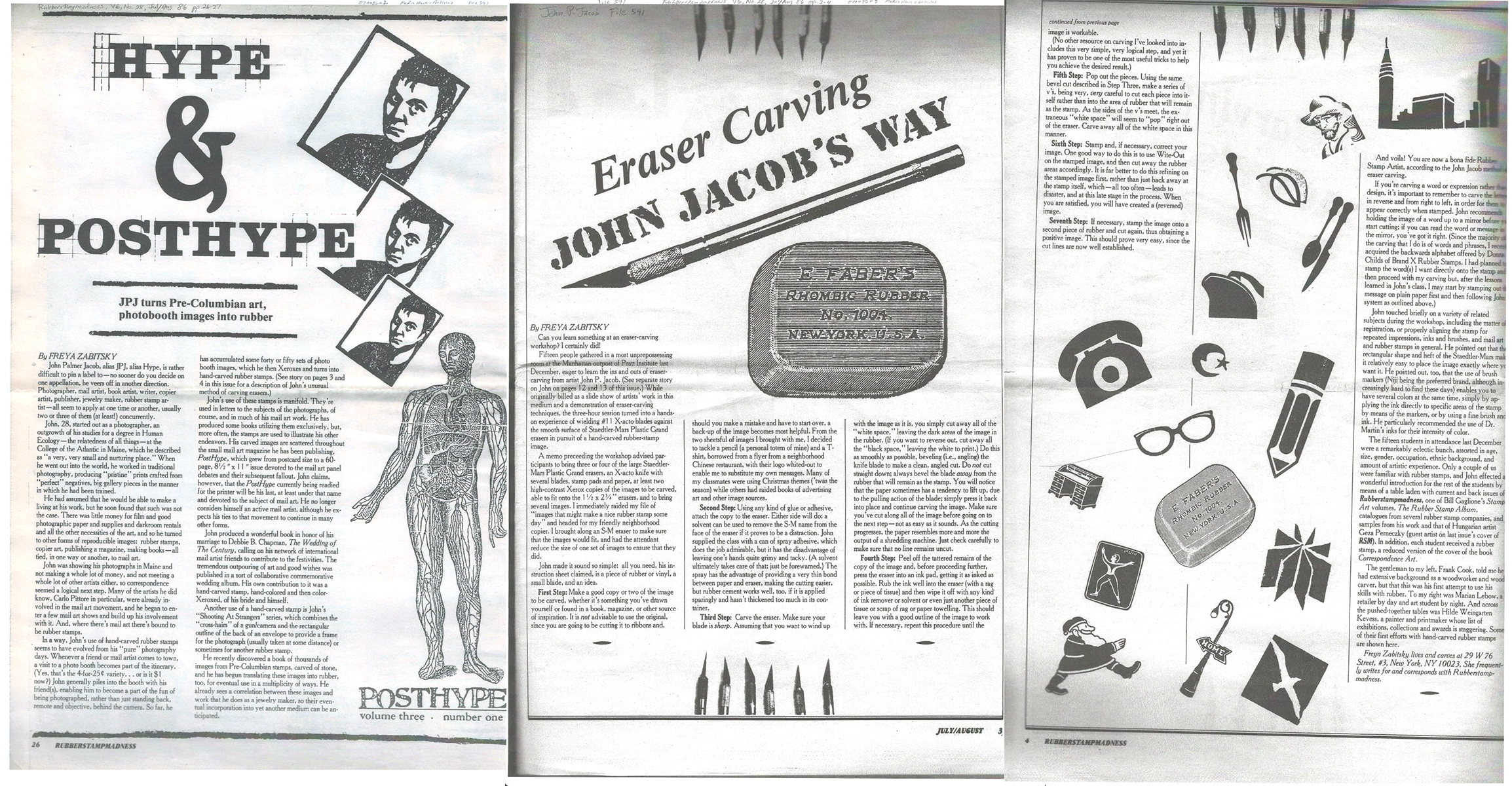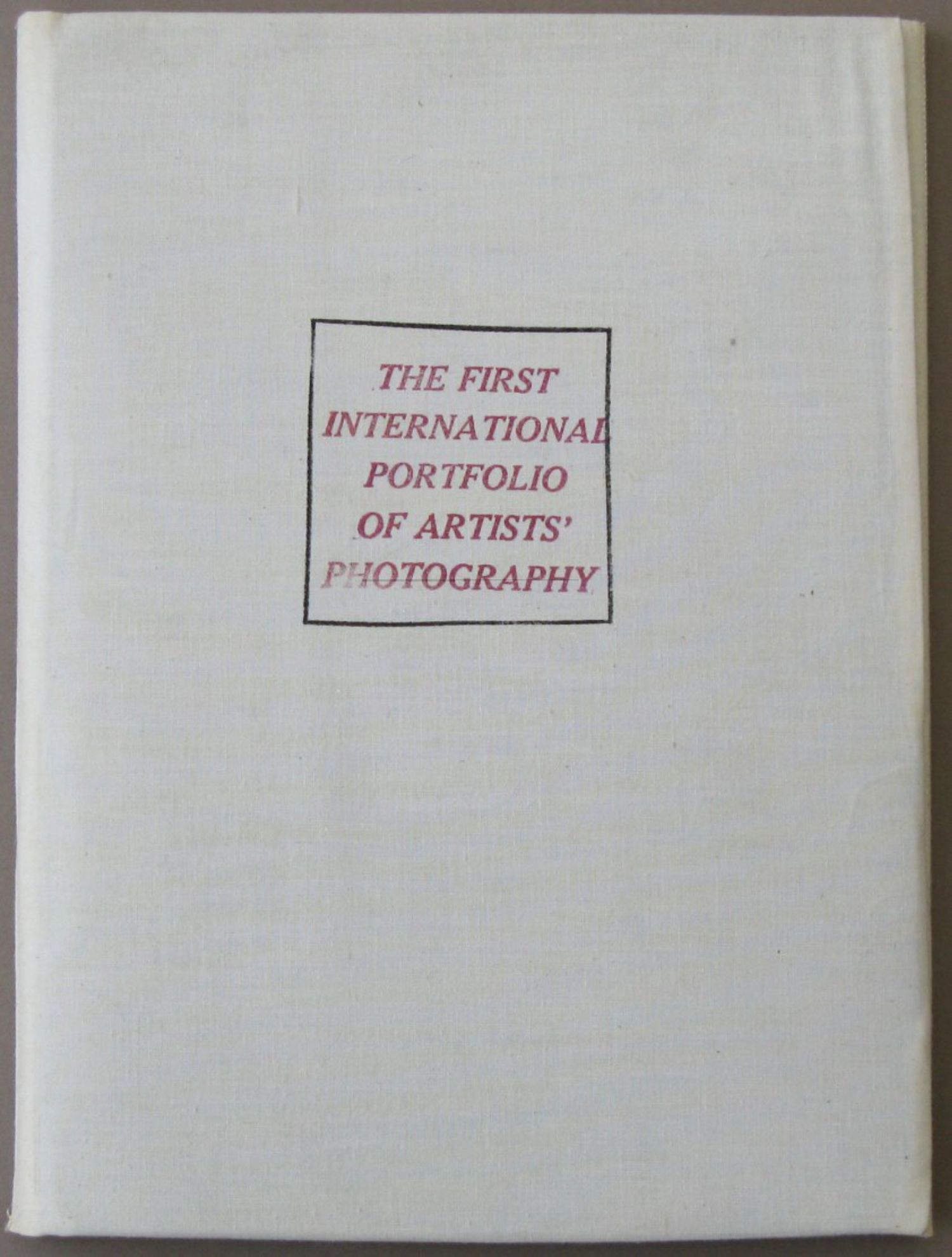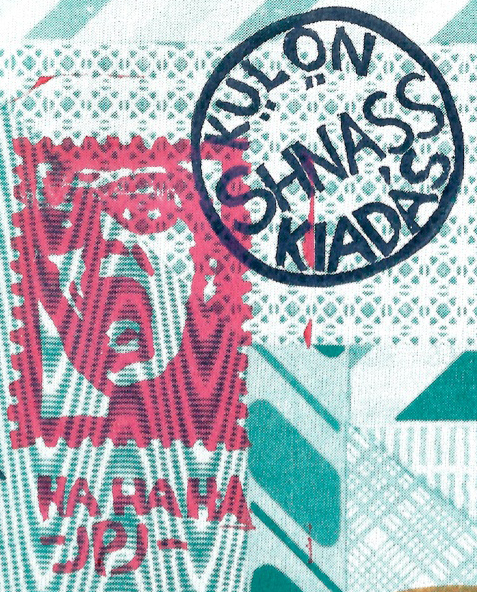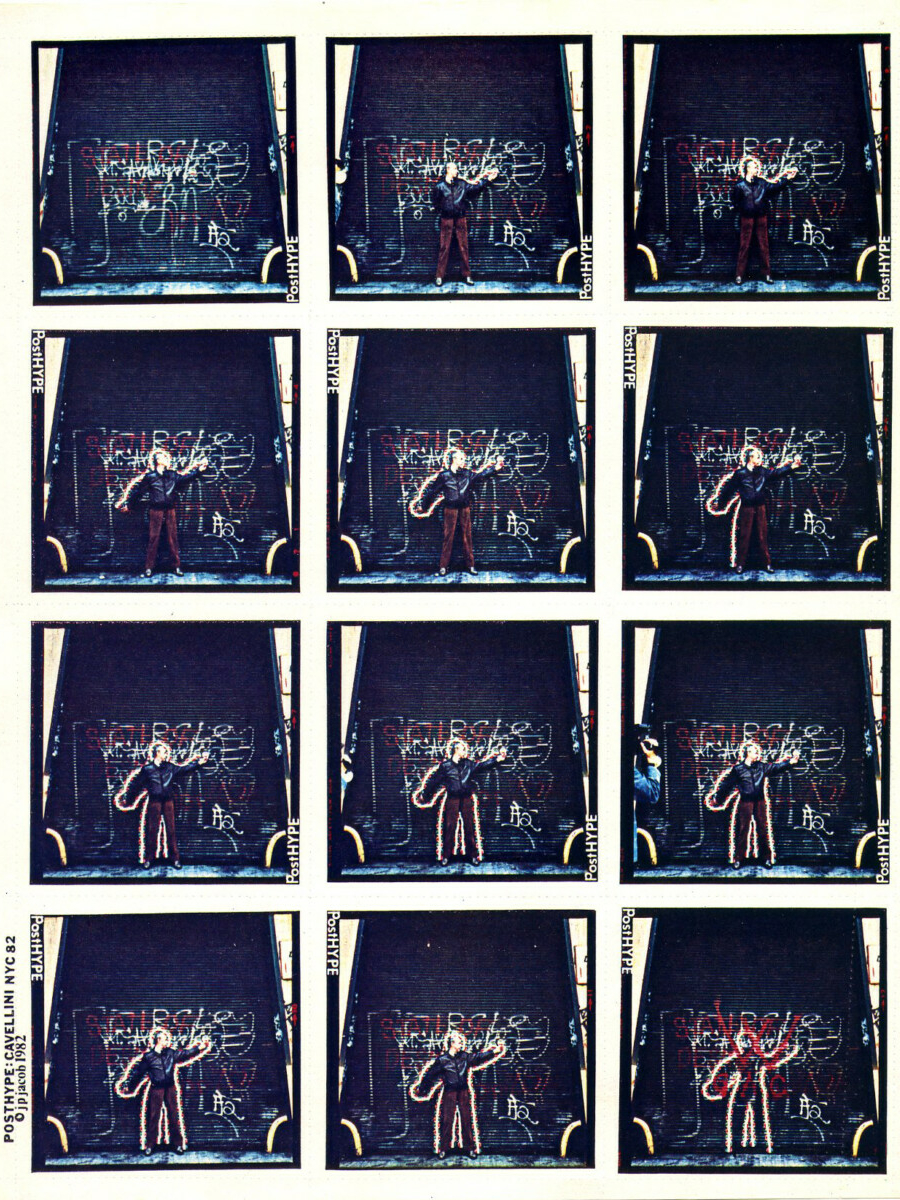If wishes were horses, then beggars would ride. -- Mary Lou "Mom" Jacob
Introduction
Riding Beggar was founded by Jacob to promote his own and other artists’ work. Jacob regularly leased tables at small press, book art, and stamp art fairs, with Dutch book artist Jan Henderikse, mail artists Carlo Pittore and Chuck Welch, and samizdat artists Rimma Gerlovina and Valeriy Gerlovin, among others. They did more showing than selling, as such gatherings brought together a wide range of media artists working with the book form, from Dick Higgins and the Something Else Press to Richard Kostelanetz and the Assembling Press to Judith Hoffberg’s Umbrella and the publishing programs at Women’s Studio Workshop and Visual Studies Workshop.
At one such event Jacob showed his book art to celebrated book artist Ulises Carrión, who told him “These are not books, they’re containers.” The critic Peter Frank likewise described Jacob’s works as “nondescript miscellanies of material sent to him by other artists.” Riding Beggar was itself a kind of container for Jacob’s activities, which, at the time, he characterized using Dick Higgins’s term “intermedia,” working across media as well as blending one-of-a-kind objects and multiples. Kostelanetz’s model for assembling was also important for several Riding Beggar projects, such as the International Portfolio of Artists Photography. The book was an intermediate space for Jacob. With its usually loose contents, it was a carrier of objects and ideas that might be intimately held and experienced. But it was also a space for play, encouraging users to transform those unfixed contents by removing and reordering them, thereby contributing to their making and meaning. Over the course of his career, the early lessons learned from Riding Beggar projects were key to his later work as curator, archivist, researcher, and editor.
The Riding Beggar archive is housed with the John P. Jacob Collection at the Beinecke Rare Book and Manuscript Library, Yale University.
xox JPJ
Jacob grew up transient. He attended seven schools across three continents before graduating from high school in New York City, in 1975. He enrolled at the University of Chicago, and worked as a record clerk for Spin It Records in Hyde Park. When the owner realized that Jacob had overstated his knowledge of classical music recordings, he put him in charge of the folk and blues bins. It was Jacob’s dream job.
Jacob dropped out in 1976, and returned to New York City. He worked in a furniture restoration shop by day, and at night he lived at CBGBs, the Bowery nightclub where punk was born. In 1978, hoping to leave the US again, he applied to academic programs in Europe offering Peace Studies, and was directed to a newly opened school in Bar Harbor, ME, the College of the Atlantic. Jacob enrolled at COA from 1979 to 1981.
Jacob’s experience of the world was defined by a sense of rootlessness. Rootless is to be at home everywhere and nowhere. Jacob sought to bridge that distance in his life with his work. Jacob’s life and work are characterized by a surplus of unfinished business, falling in and out of love with people, places, and ideas. Only with photography was he able to bring an idea to fruition, so photography became his life’s work.
Photography
Jacob had not the slightest inkling of a career. He liked old houses, so he applied for a summer internship with the National Trust for Historic Preservation in Washington, DC. On the form asking for his qualifications, Jacob ticked off photography. He had no experience with a camera, but he was otherwise unqualified for the internship, and he knew that a class in photography would be offered at COA that Spring.
On the first day of class, Mark Melnicove covered the classroom window with heavy drapery. He asked the students to pile their cameras in the center of the room. Then he asked them to form a ring, hold hands, and walk three times around the cameras in one direction and three times in the other direction. After they were seated Melnicove said, in a low voice, “Photography begins in darkness.” Jacob was hooked. Jacob’s classmates included George Benington, Steve Donoso, and Bill McDowell who also went on to careers in photography.
They read Susan Sontag’s On Photography. They looked at The Family of Man and Diane Arbus’s posthumous monograph. They looked at Emmet Gowin, who Melnicove had studied with. A few months later, Jacob began to dream photographs. He took it as a sign. A few months later still, a letter arrived from Washington, DC. Jacob’s internship application was rejected. Another sign.
When his grandfather, a serious amateur photographer, died that summer, Jacob inherited his cameras, an Exacta and a Rolleiflex. His grandmother was hospitalized soon thereafter, and Jacob visited her with his photographs of the nursing home where he worked as a dishwasher. His first commission was to make ID photos of the residents, which he repurposed as a portrait series titled The Old People Photographs. His grandmother, a physician and amateur film-maker, identified their illnesses and encouraged his work.
In his final year at COA, Jacob worked on two photography projects. For credit, he photographed up close the changing patterns of sand at a nearby beach, using a large format, 4 x 5 camera. He titled the series A Few Things that Happen to Sand. Not for credit, he asked people to stand for two photographs, one nude and the other holding a single object of their choice. He titled the series The Naked People Photographs. It was around this time that he met Carlo Pittore, at a performance of Maine poets organized by Melnicove. Pittore introduced Jacob to mail art.
After graduating in 1981, Jacob moved to Portland, ME, and lived in a third floor walkup on Munjoy Hill, across from the fire station. He was unable to find work as a photographer, so did manual labor and subsisted on food stamps. Angry, hungry, and with too much time on his hands, Jacob inserted two pieces of thin tape inside his Exacta, just over the film holder, like a crosshairs in a gun, and photographed people on the street below. He titled the series Shooting at Strangers.
Jacob lived in Portland from 1981 to 1982, arriving and departing almost simultaneously with the opening and closing of the Portland Art Building in the city’s Old Port (478 Fore Street). Established by local potter and developer Larry Adlerstein, the building’s name painted on the outer wall read, “Portland Art Building – Portland Fine Art Gallery – Maine Crafts – Portland Craft School – Portland Pottery & Supply Company.” The galleries and supply company were located at street level, and the Portland Craft School and studio spaces for individual artists on the second floor. Robert Rutman was an artist in residence, and exhibited his musical sculptures; Jacob was a guest in several U.S. Steel Cello Ensemble performances at the PAB.
Jacob immediately fell in with Adlerstein, lugging clay for Portland Pottery & Supply and working with Adlerstein on exhibition planning and installations. He exhibiting his Naked People Photographs at the PAB in August, 1981. In May, 1982, he presented his Old People Photographs and co-organized a mail art exhibition on the theme Old with local mail artists Bill and Wendy Ray. That spring, in advance of GA Cavellini’s visit to the US, Jacob decorated the entire PAB roofline, occupying a full city block, with green, white, and red Cavellini stickers. For its final month of exhibitions in 1982, Jacob presented The Goodbye Show, pairing his portraits of members the Maine art community with objects made by them for the exhibition.
Mail Art
Jacob retuned to New York City in 1982, initially subletting the Galleria dell’Occhio from Pittore. In the 1980s, he worked with reproductive media beyond photography, including xerography, rubber-stamps, mail art, and artist’s books. He studied book making with Marilyn Rosenberg. He taught classes on color Xerox and the rubber stamp as a print-making medium, at Pratt Manhattan, with mail artist Ed Plunkett. He founded the Riding Beggar Press to promote his and other artists’ work. The first sale of his own artwork, a sheet of hand-colored stamps for $75, was from an exhibition curated by Buster Cleveland for the Rivington Street gallery No Se No, in 1983.
Jacob’s efforts during this period include the irregular mail art zine PostHype and the International Portfolio of Artists’ Photography, an assembling book project conceived to integrate mail art, book-art, and photography. PostHype was a mail art zine founded in 1981. Early issues were printed post card size with an original rubber stamp. Later issues expanded to document Jacob’s various mail art activities and projects. Jacob’s loft at 43 West 27th Street became a regular gathering place for local and out of town mail artists, including Chuck Welch’s NY Navel Academy and Carlo Pittore’s N-Tity.
In 1984, Jacob was a participant in the two-day Artists Talk on Art panels related to the exhibition Mail Art: Then and Now, curated by Dr. Ronny Cohen for the Franklin Furnace, New York. He was appalled by his own and the other panelists’ behavior. Simultaneously fanning the flames and documenting the extent to which mail art by then was dominated by a small, mostly male, coterie of artists, Jacob transcribed his recordings of the contentious exchanges between colleagues in PostHype 3.1, Mail Art: A Partial Anatomy, accompanied by documents related to or responding to them. Increasingly interested in issues related to censorship, and by that time corresponding with artists in the Soviet Bloc countries of Eastern Europe, the final issue of PostHype documented a mail- and phone-art project entitled East/West: Mail Art & Censorship.
In 1987, for his contribution to John Held, Jr.’s Annotated Bibliography of Mail Art, Jacob self-published The Coffee Table Book of Mail Art: The Intimate Letters of J.P. Jacob. It was his self-proclaimed withdrawal from the mail art network. With an advertisement declaring “Each copy contains a valuable original artwork by a famous mail artist!!” Jacob gave away original works from his mail art collection to all recipients of the publication. Jacob continued to exhibit as a photographer through the 1980s, presenting his last one-person exhibition, entitled I’m Trying to See, at the Liget Galeria, Budapest, in 1988. He occasionally exhibited under the pseudonym Janos Jaczkó after that.
Stamp Art
Riding Beggar Press List
PostHype:
-
- v 1.1 – 4, 1981 – 1982
- v 2.1, 1982 (GA Cavellini)
- v 2.3, 1982 (Buster Cleveland)
- v 2.5 The Catalogue of Ideas, 1983
- v 3.1 International Mail Art: A Partial Anatomy (The Franklin Furnace/Artists Talk on Art Tapes), 1984
- v 3.1 insert 1 (Robin Crozier and Emilio Morandi)
- v 3.1 insert 2 (Open Letter to Peter Meyer)
- v 4.1 Censorship East / Censorship West, unpublished
The International Portfolio of Artists Photography:
Artists’ Books, Ephemera, Mail Art, and Stamps:
-
- Cavellini in New York (accordion ed), 1982
- Cavellini in New York (photos ed), 1982
- Cavellini in New York (stamp ed), 1982
- Shooting at Strangers (folio ed), 1983
- Shooting at Strangers (card ed), 1983
- Carlo Pittore: Comedia (photos ed), 1983
- Carlo Pittore: Comedia (stamp ed), 1983
- Ten Twins and a Boy in Leather, 1984
- The Wedding of the Century, 1984
- Unsolicited Hype, 1985
- JP Jacob’s Howling Mad Mail (stamp ed), 1985
- We Arrive in Paumonock (stamp ed), 1985
- The Howling Mad Mail, unpublished mail art documentation
- The Coffee Table Book of Mail Art: The Intimate Letters of John P. Jacob, 1987
Eastern Europe:
-
- Hidden Story: Samizdat from Hungary and Elsewhere, 1990
- Milan Knížák: A Walk Through Prague, 1993
- Unpublished Anthology for MIT Press
John P. Jacob of Manhattan assembled into a hilariously nondescript "First International Portfolio of Artists' Photography," and an even funnier "Unsolicited Hype," two miscellanies of material sent to him by other artists. -- Peter Frank, NY Times, 1985
Riding Beggar Archive
The Riding Beggar archive is housed with the John P. Jacob Collection at the Beinecke Rare Book and Manuscript Library, Yale University.
Fullscreen Mode
Postscript
Jacob was (briefly) represented by Oggi Domani, and by Tony Zwicker in the 1980s.
Riding Beggar ceased publication in the 1990s. A complete run of PostHype was acquired by the Museum of Modern Art, NY, in 1987. Incomplete sets are held by the Getty Research Institute (acquired with the Jean Brown, Bern Porter, Carlo Pittore, and other people’s papers) and active mail art archives such as the Artpool Art Research Center.
The Riding Beggar archive is housed with the John P. Jacob Collection at the Beinecke Rare Book and Manuscript Library, Yale University.
